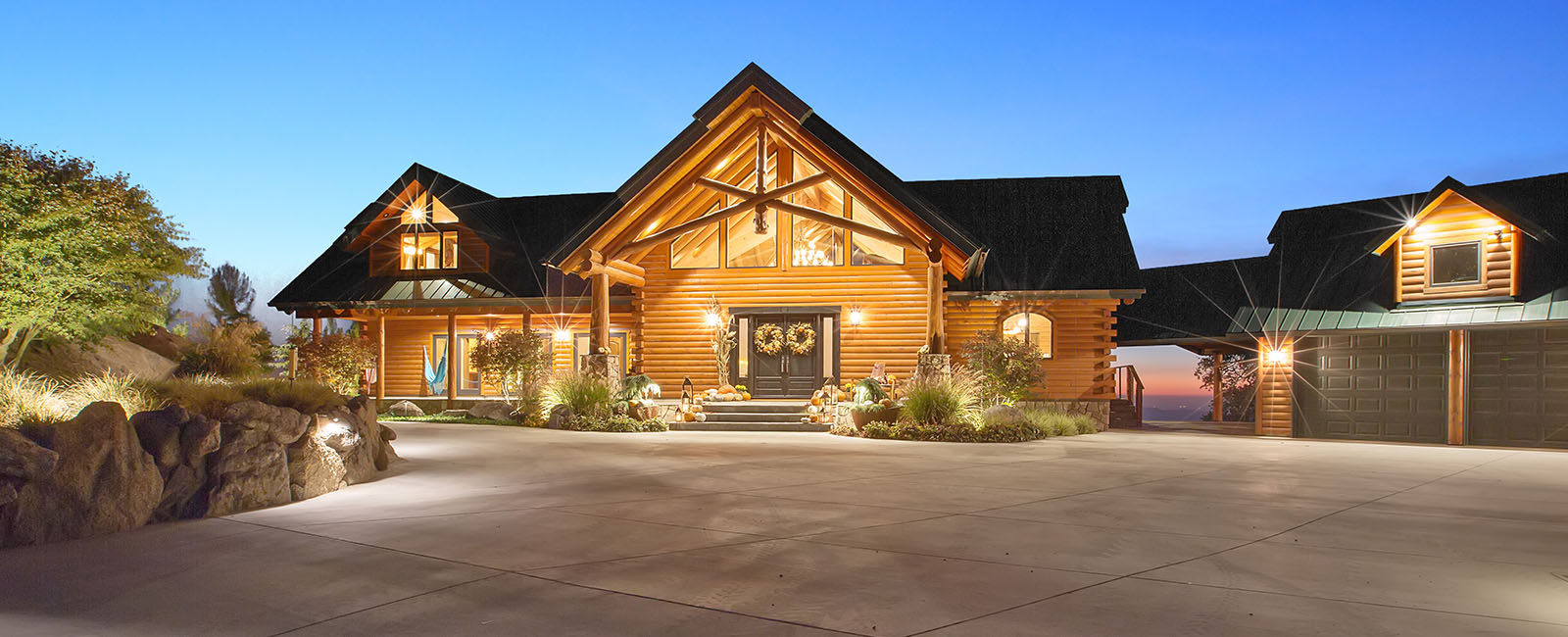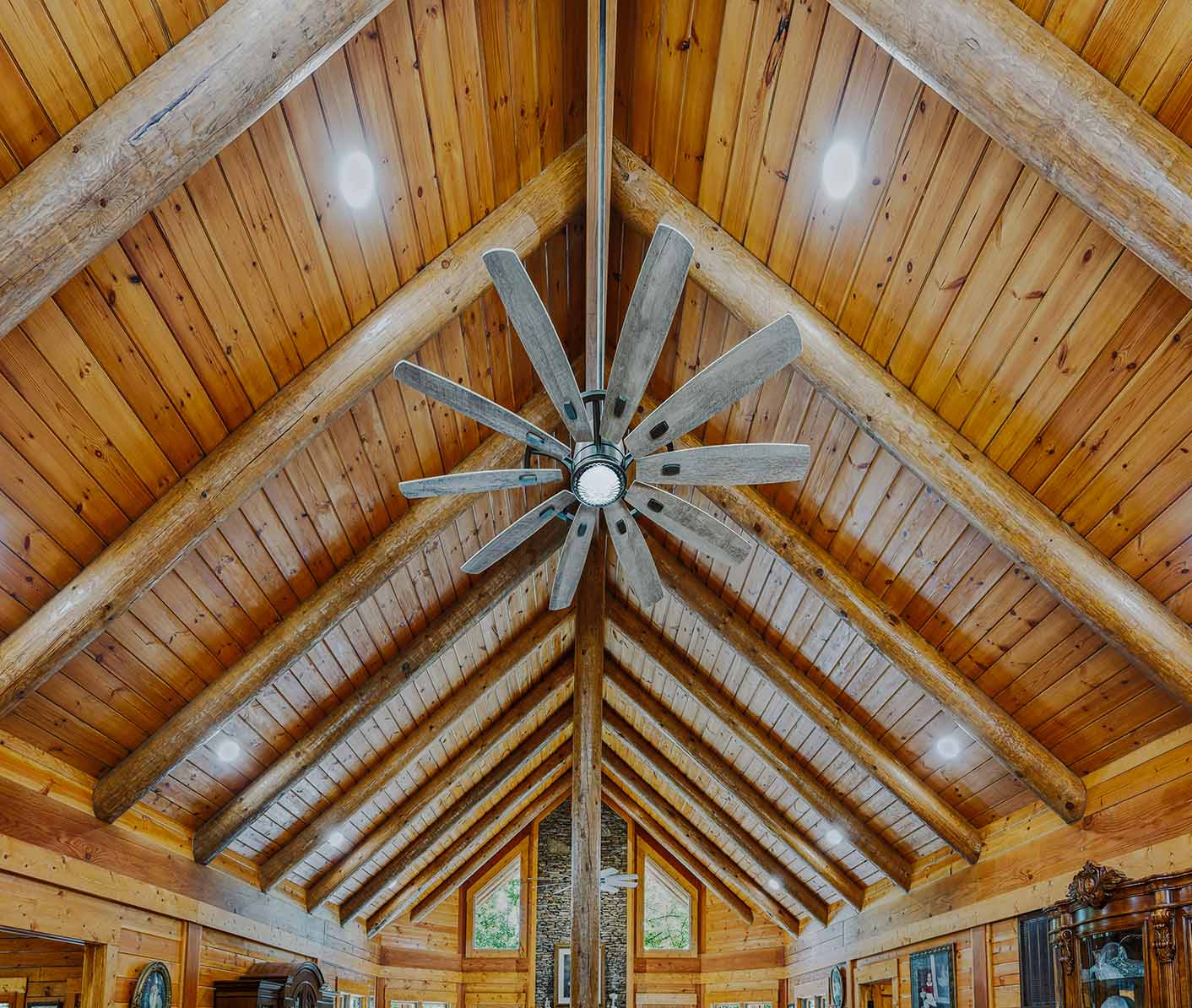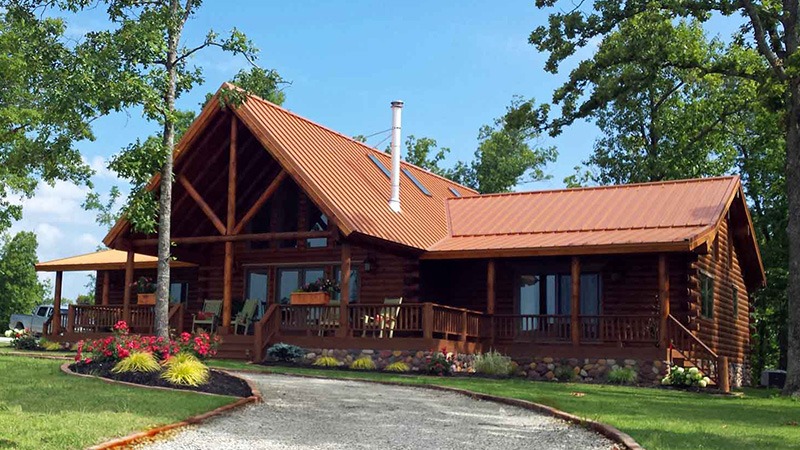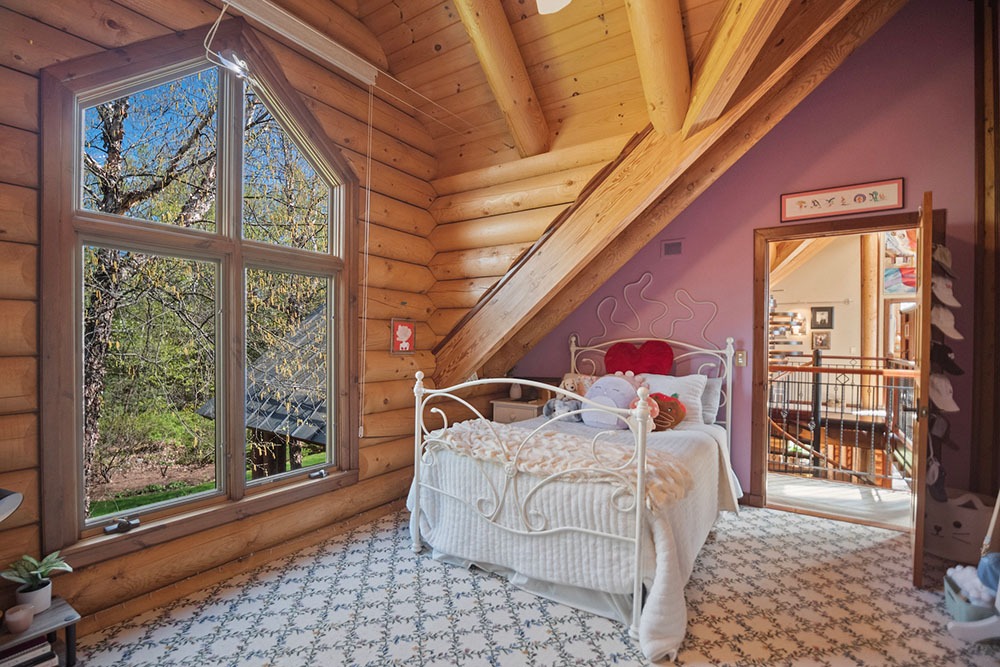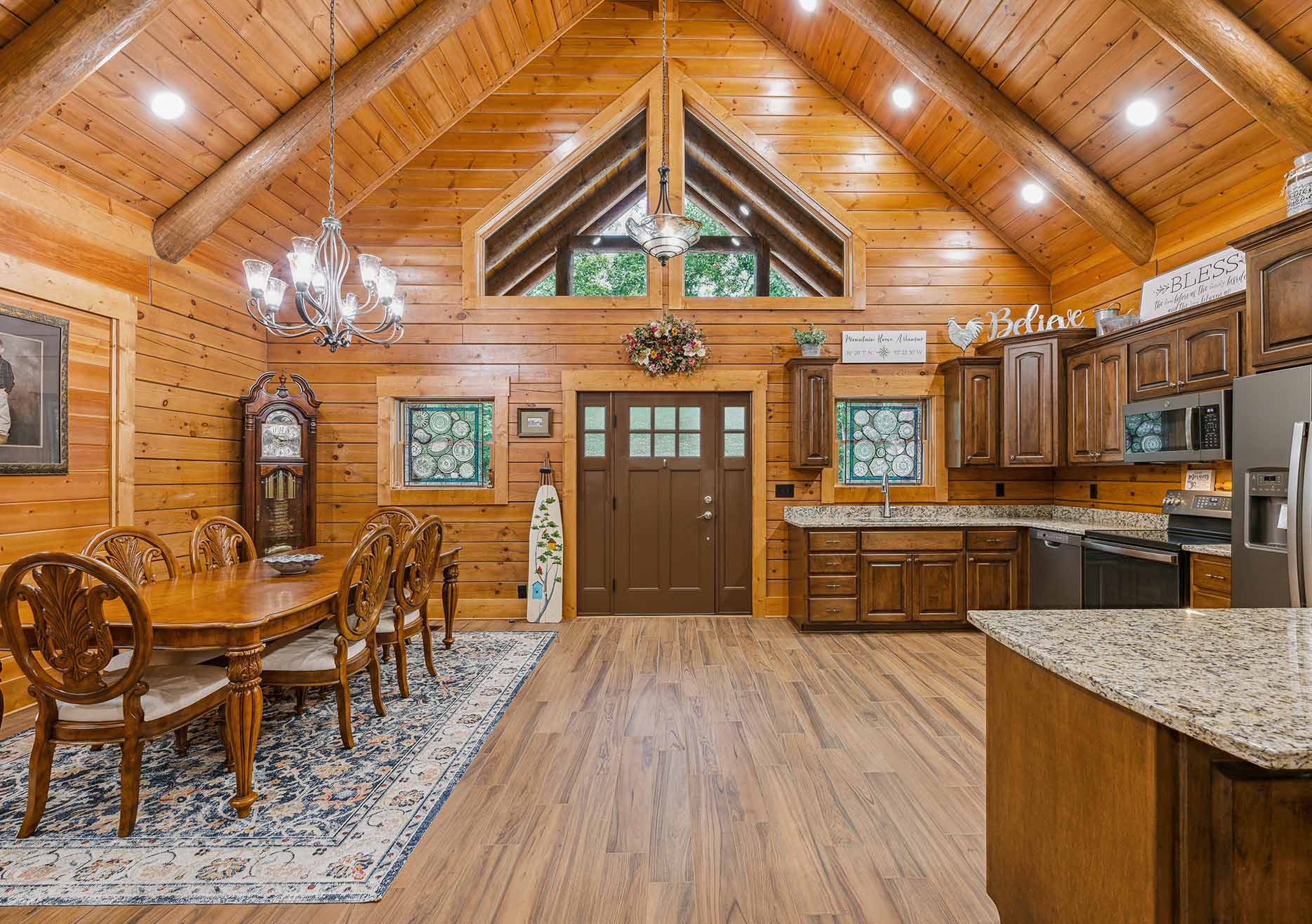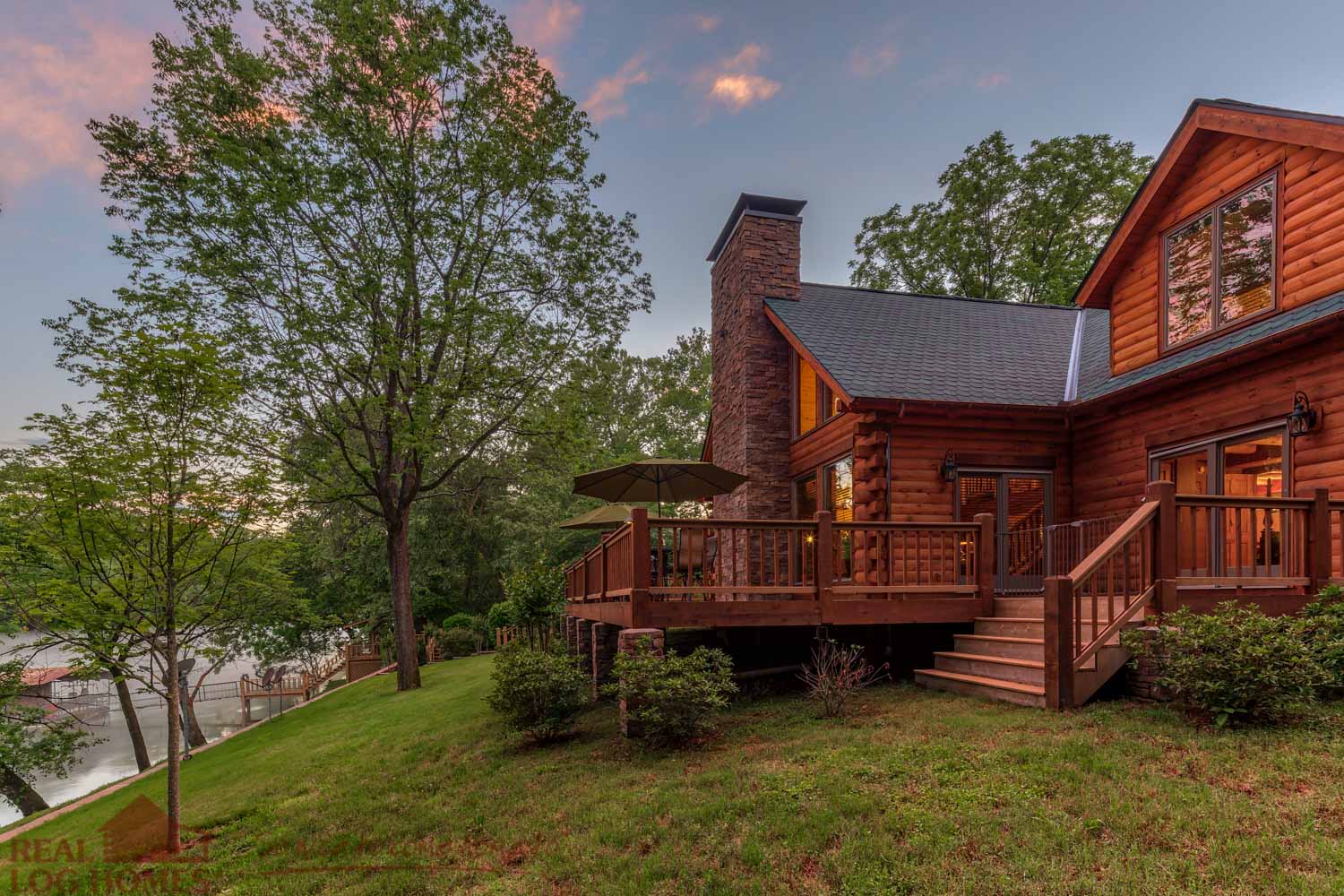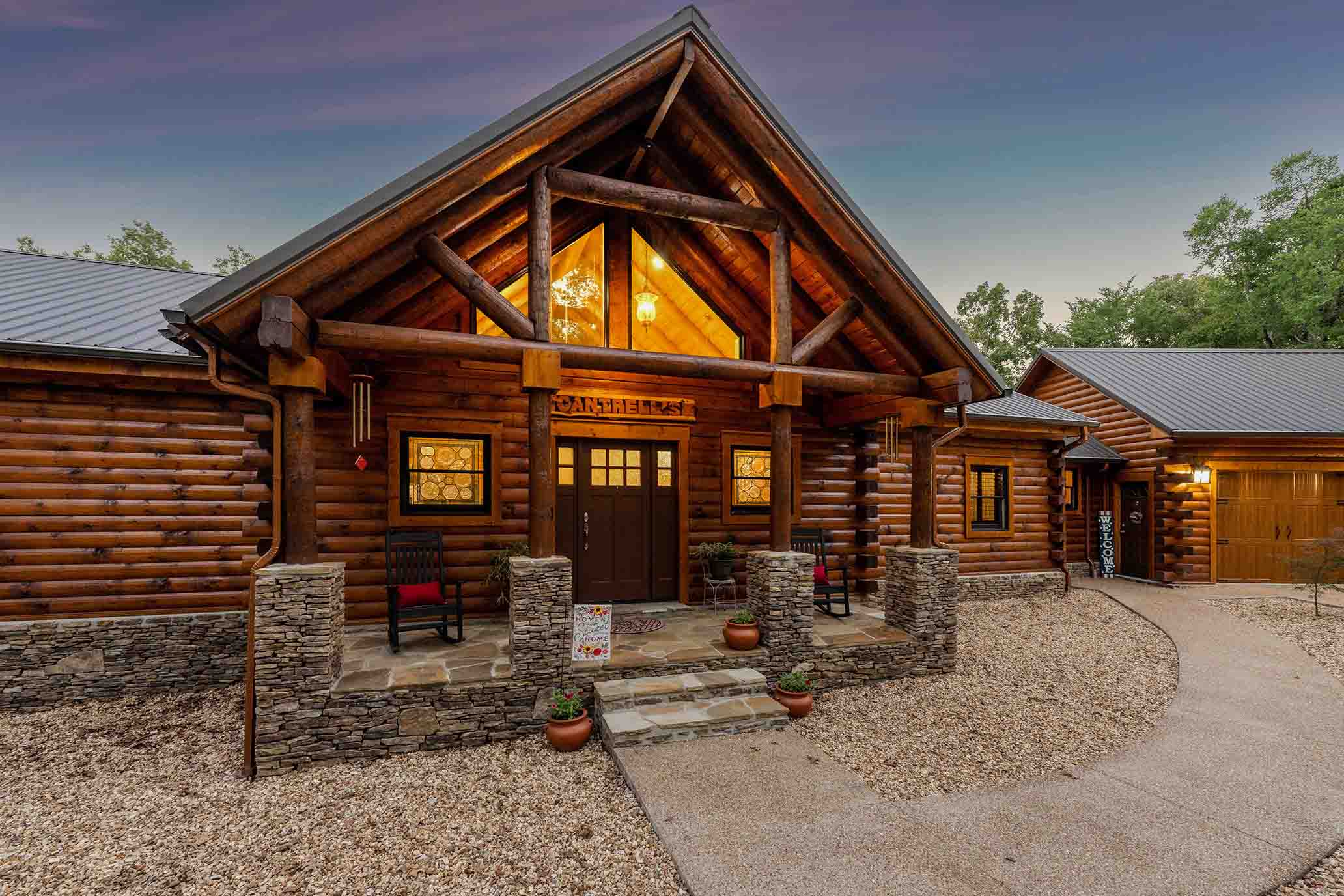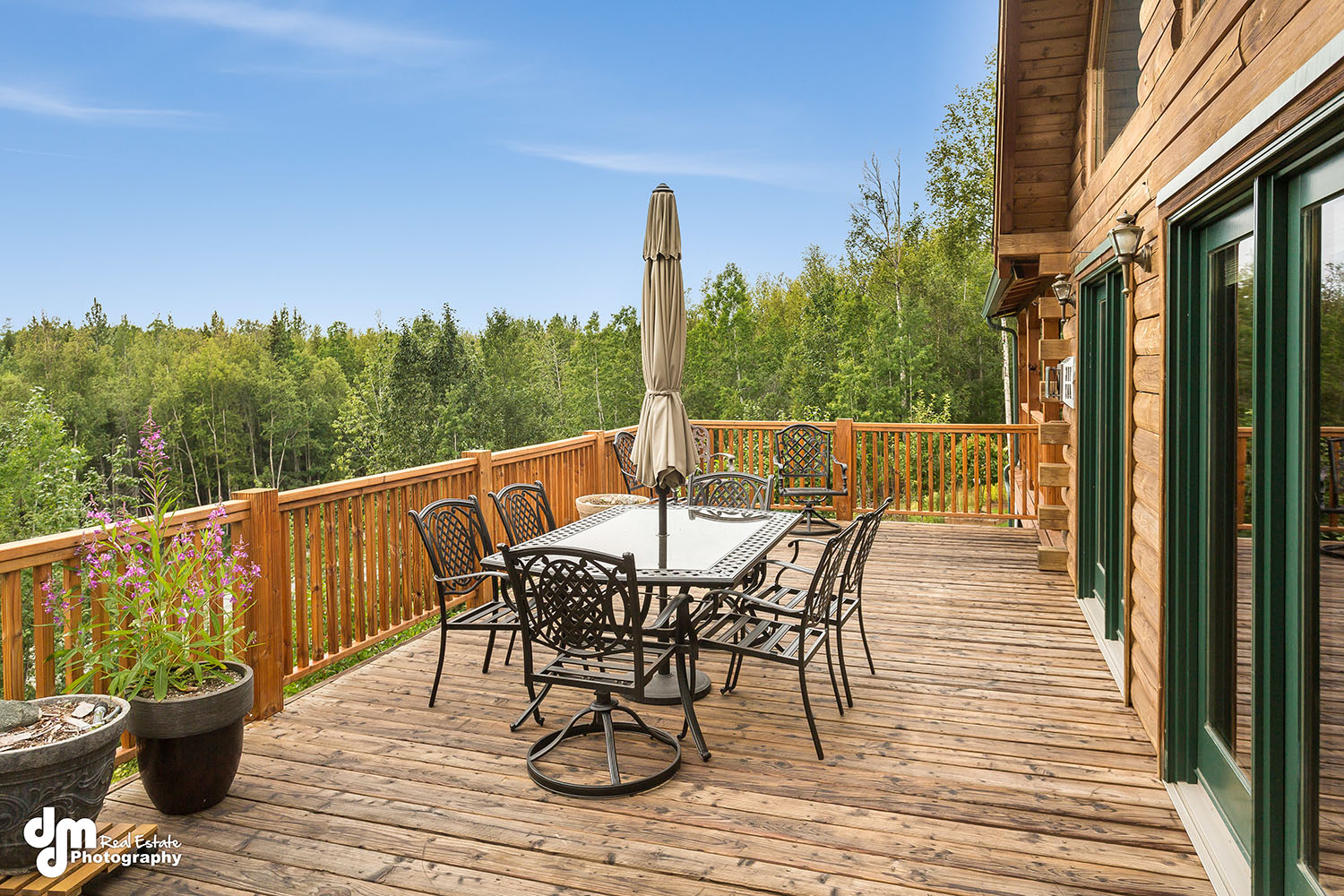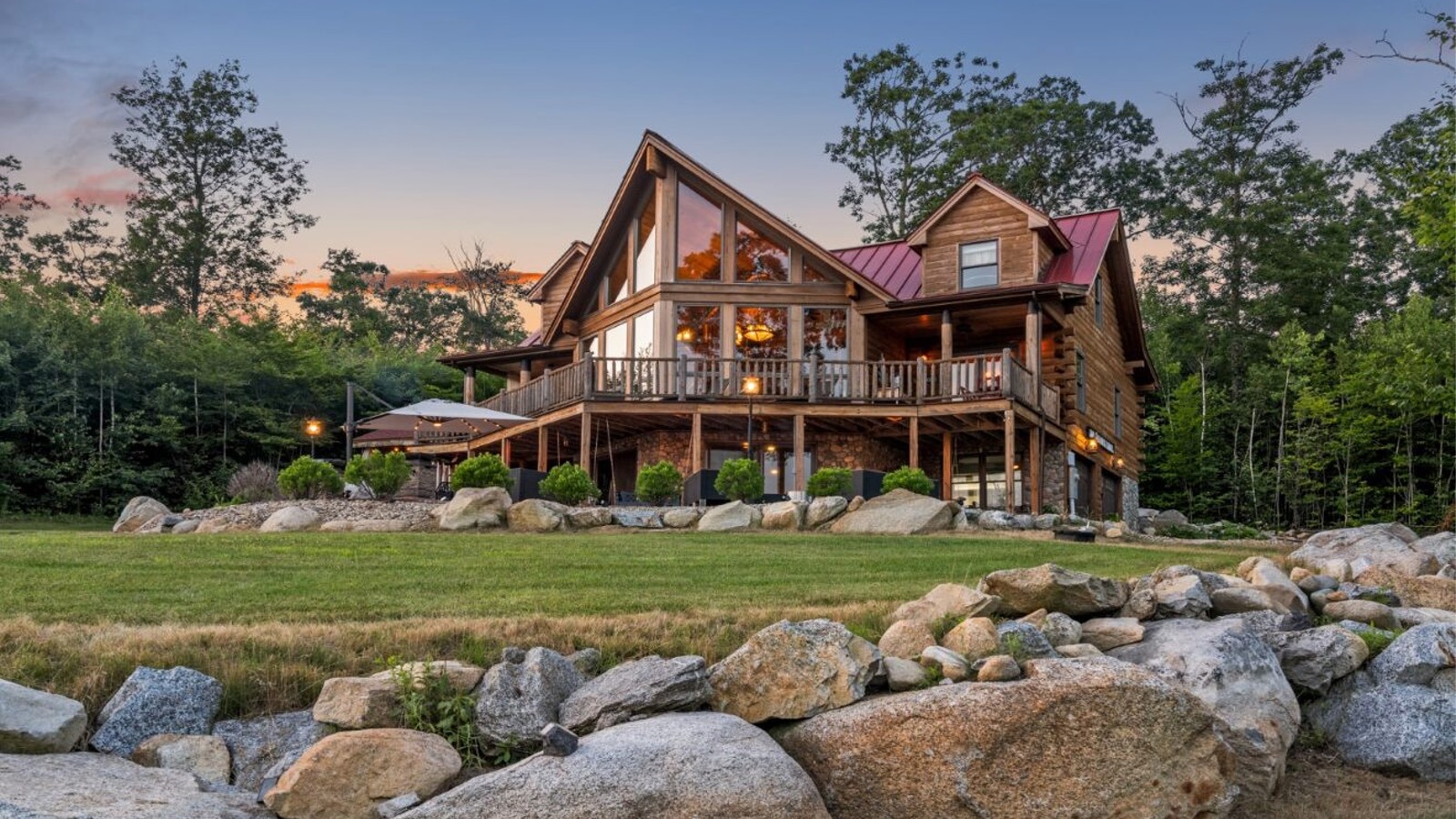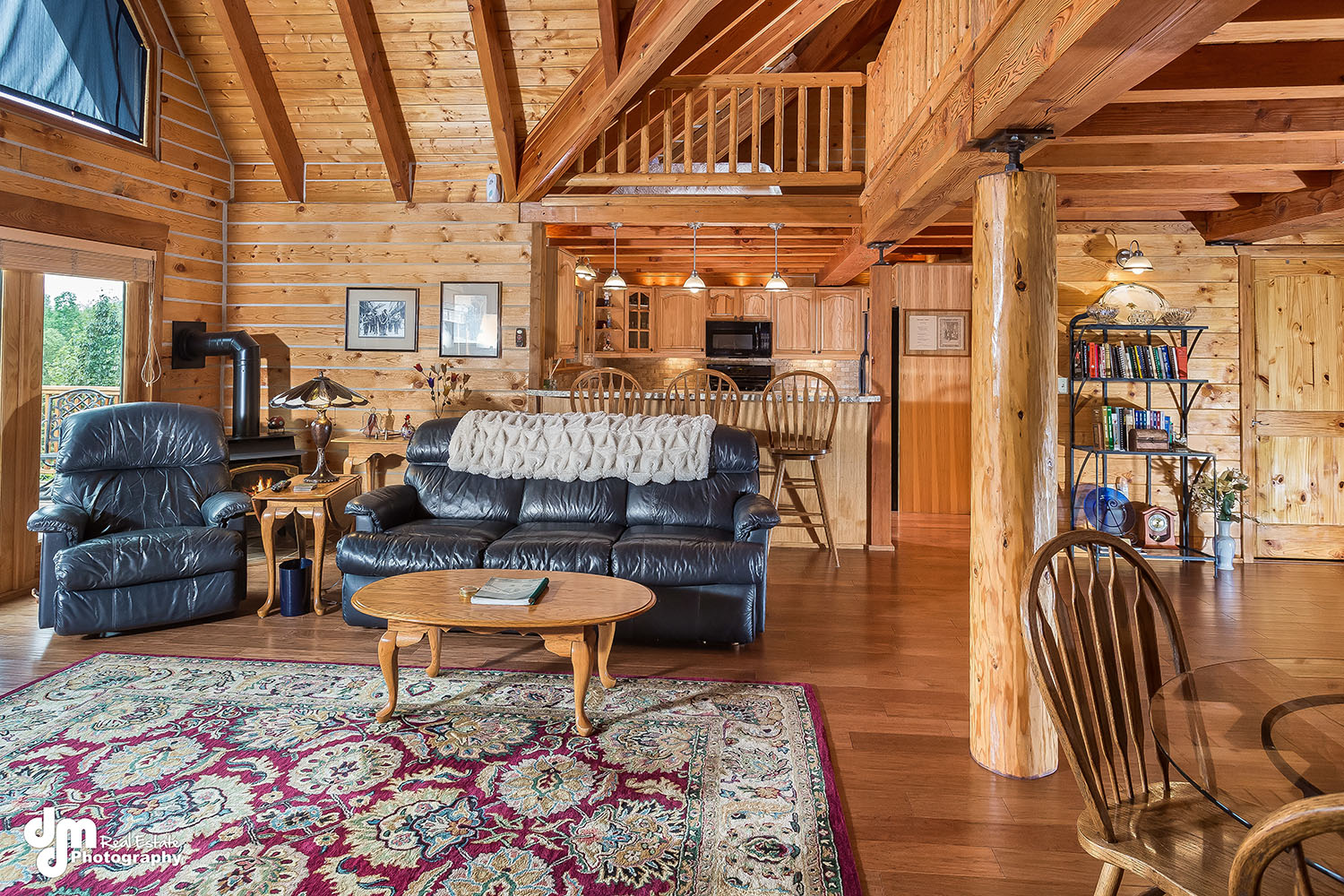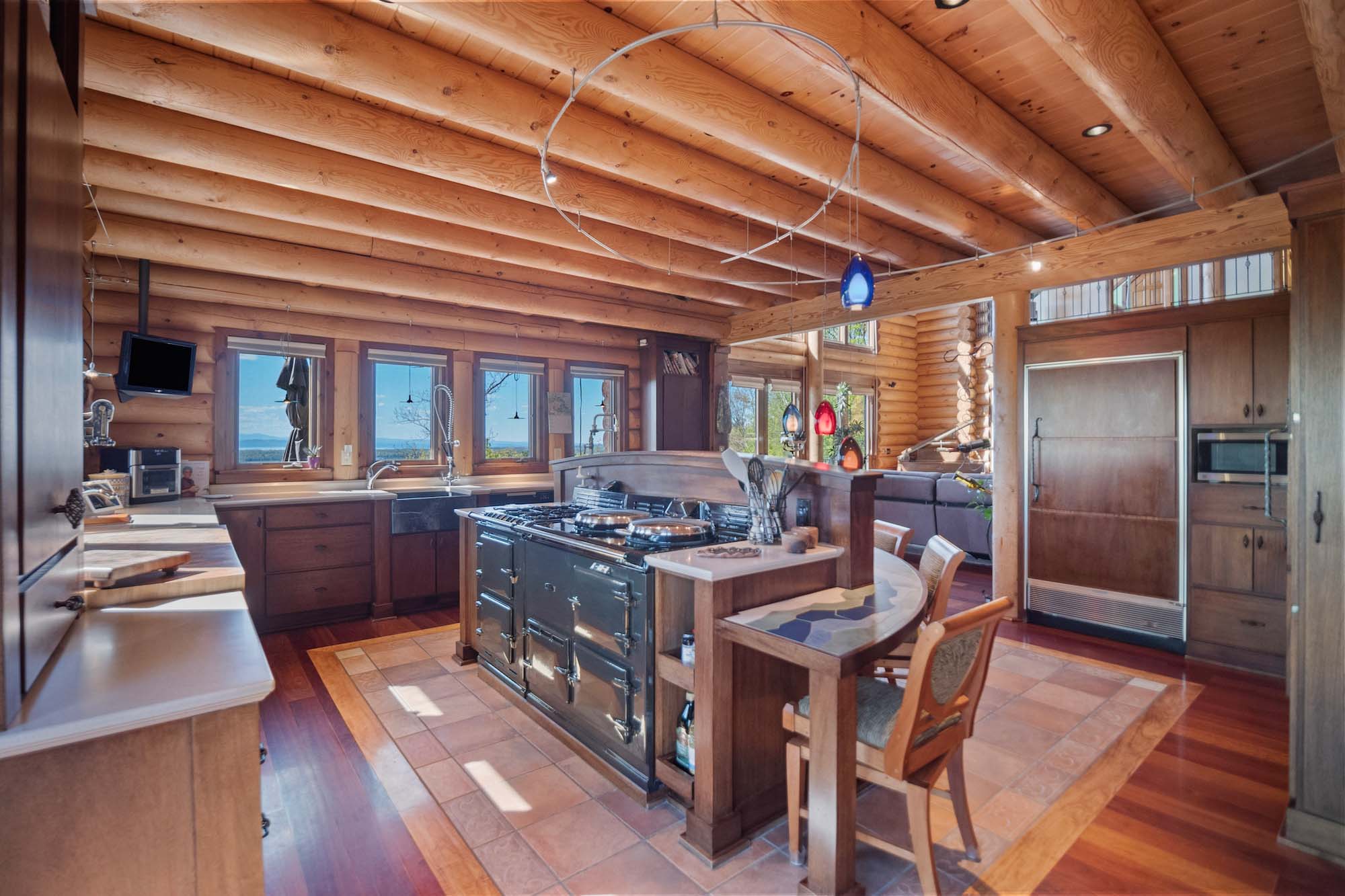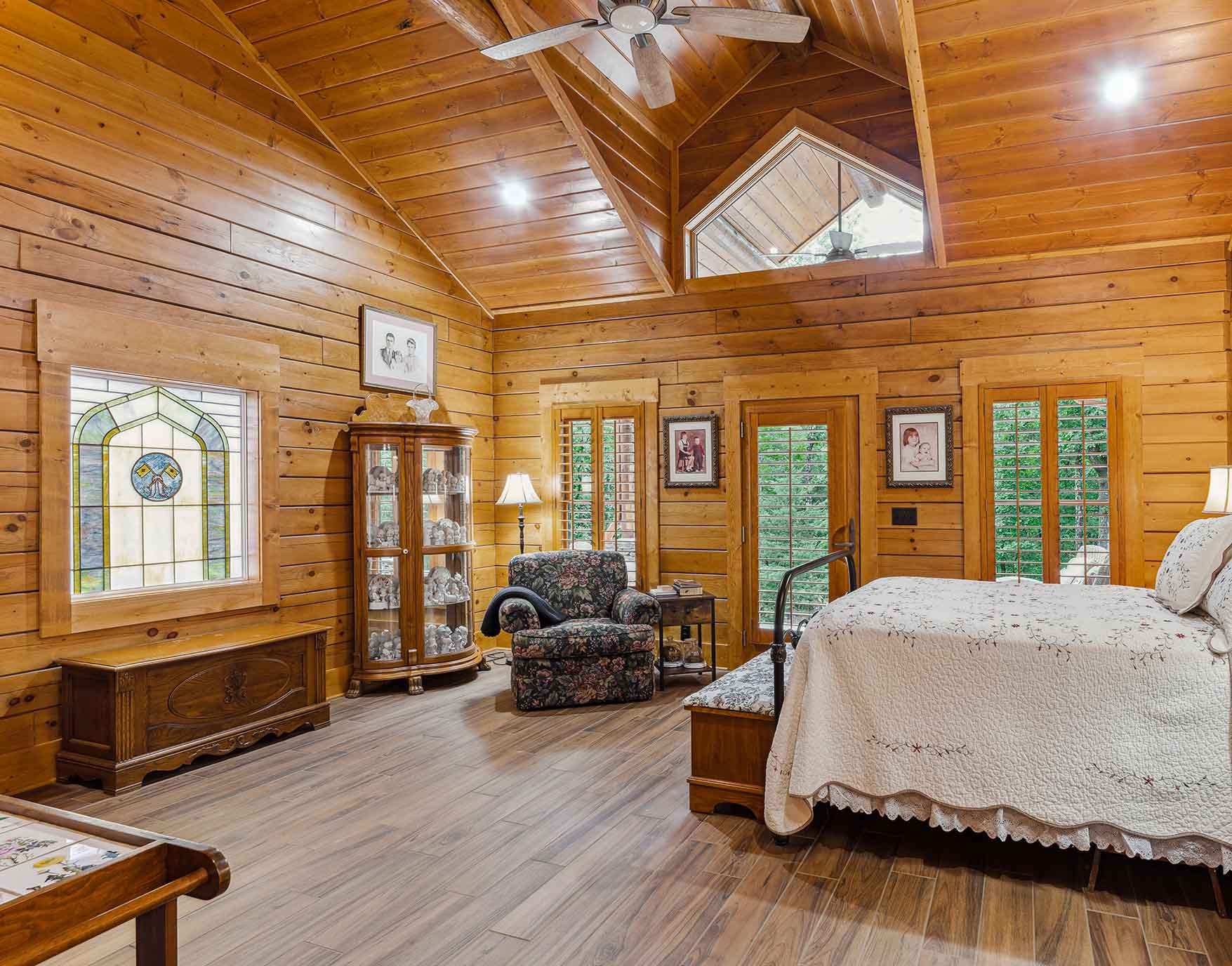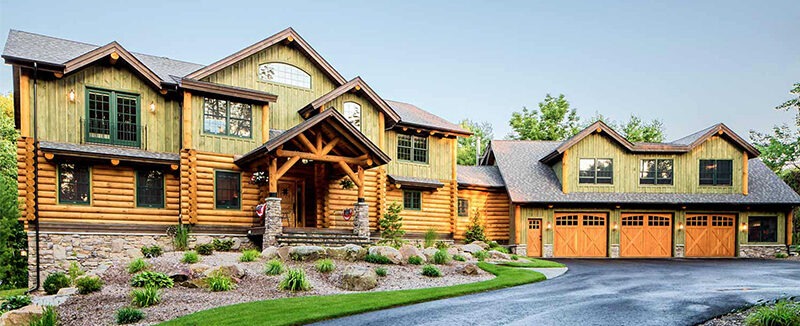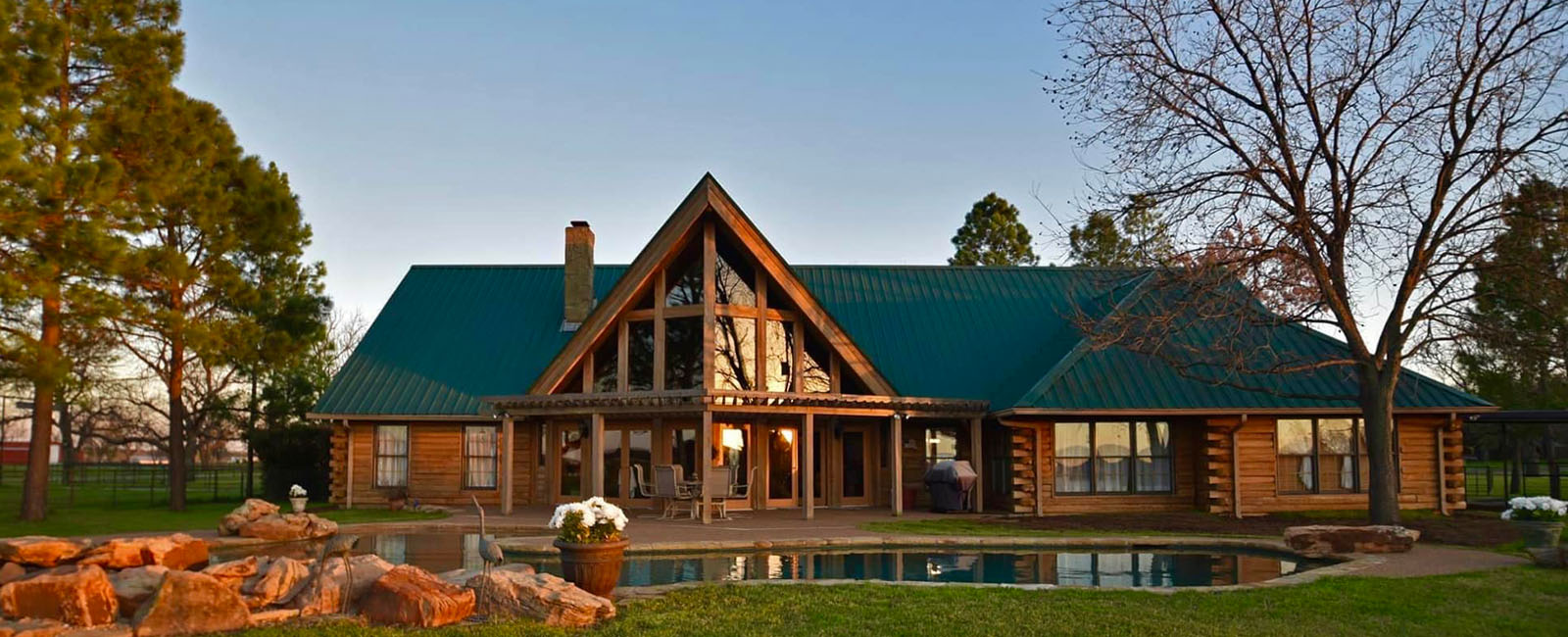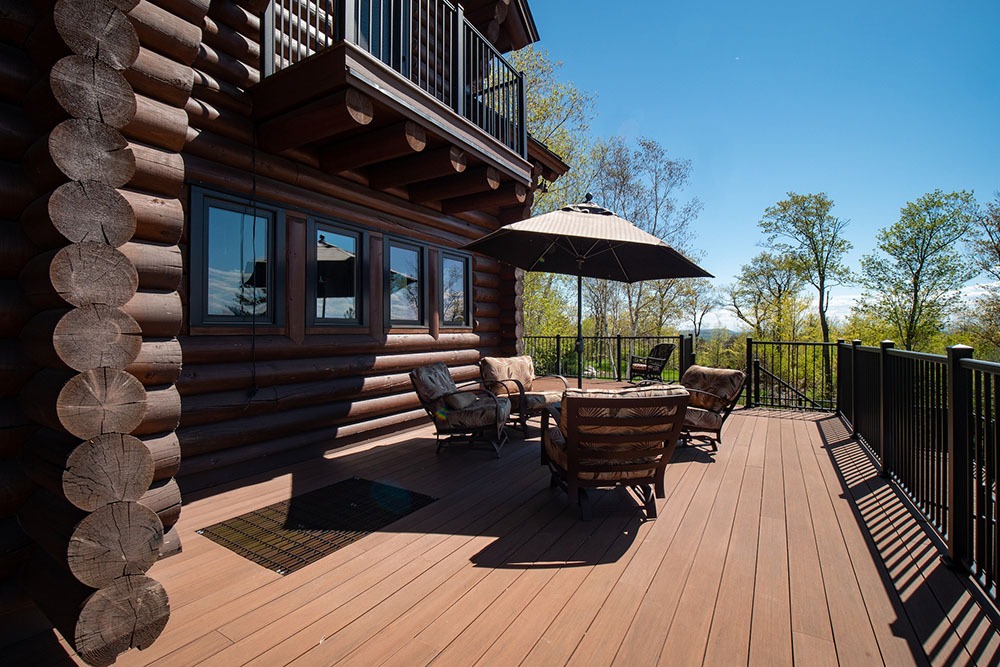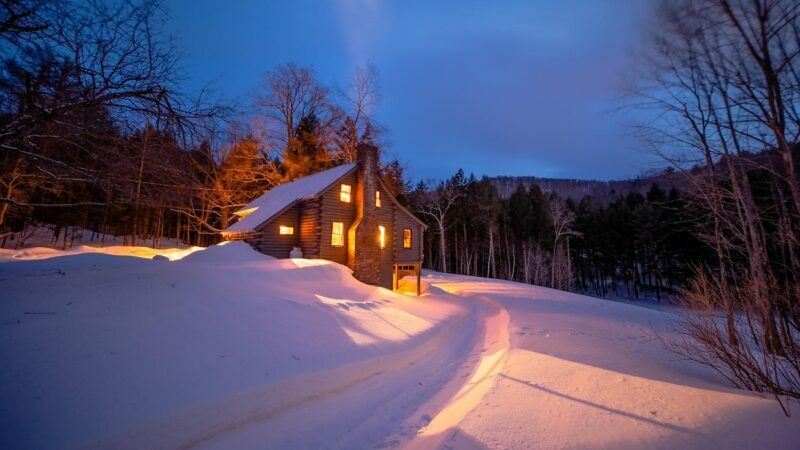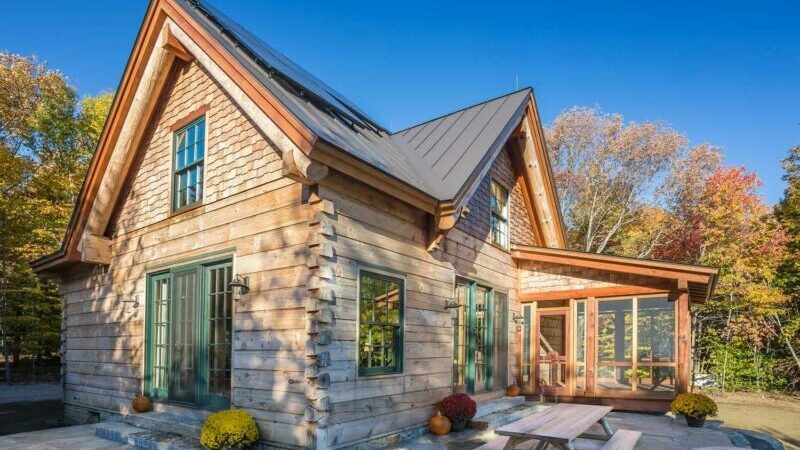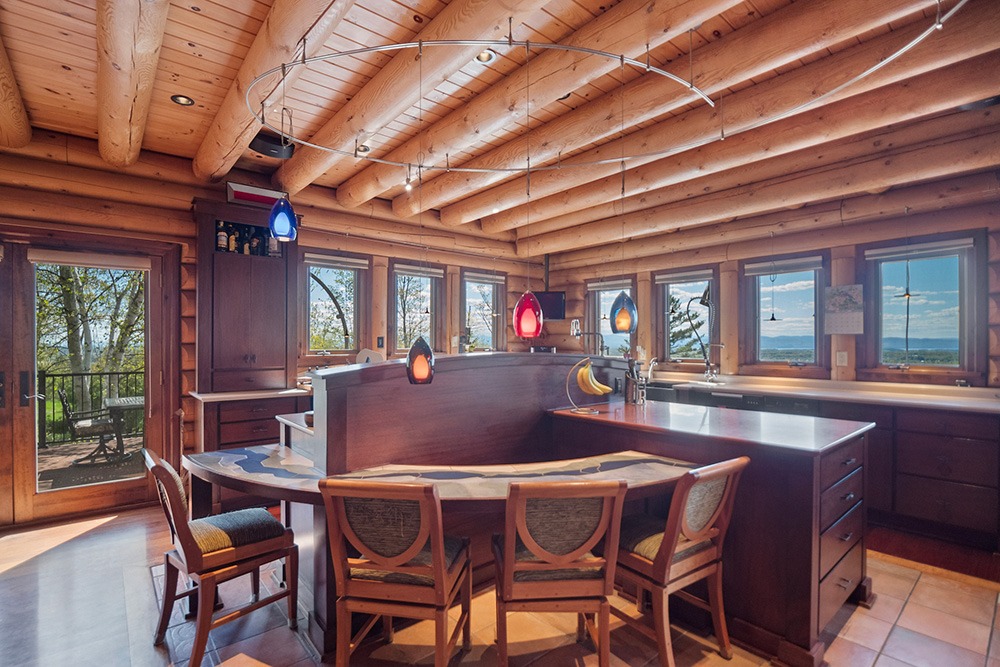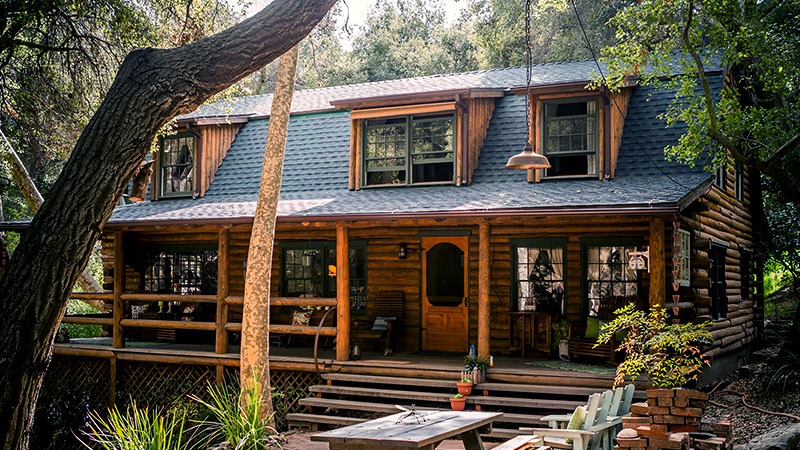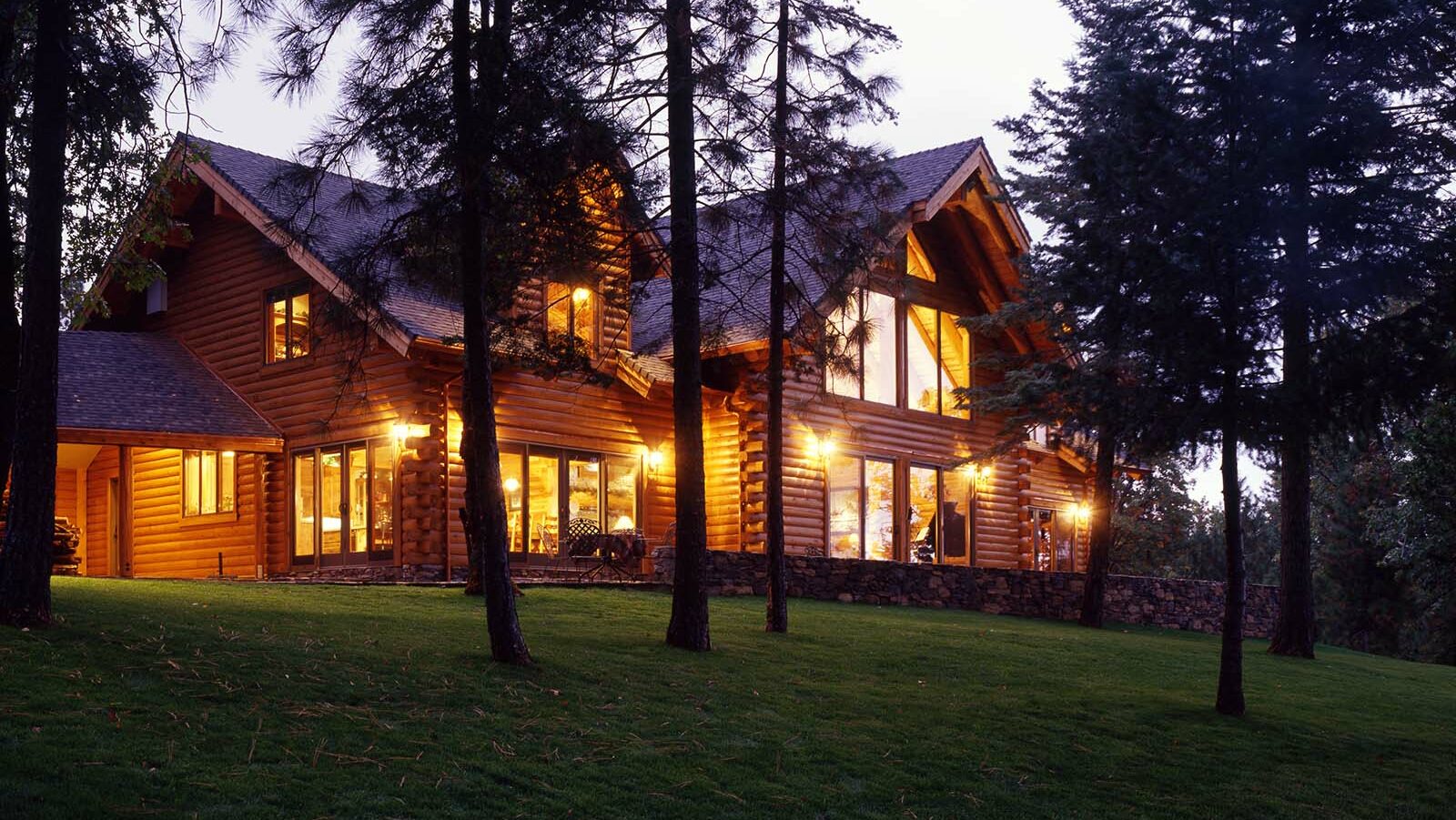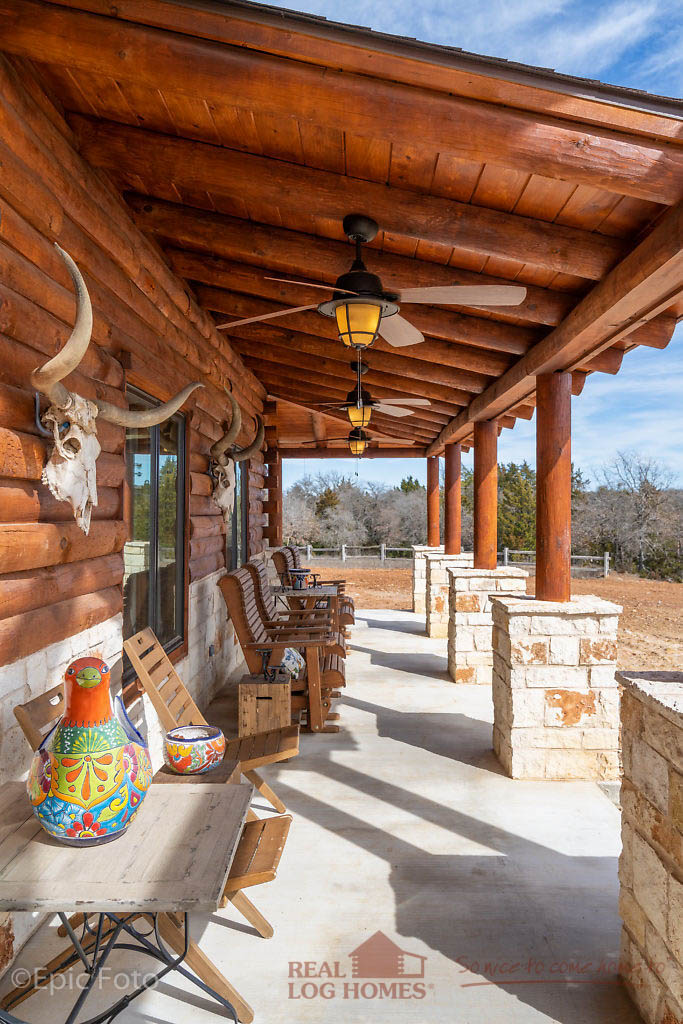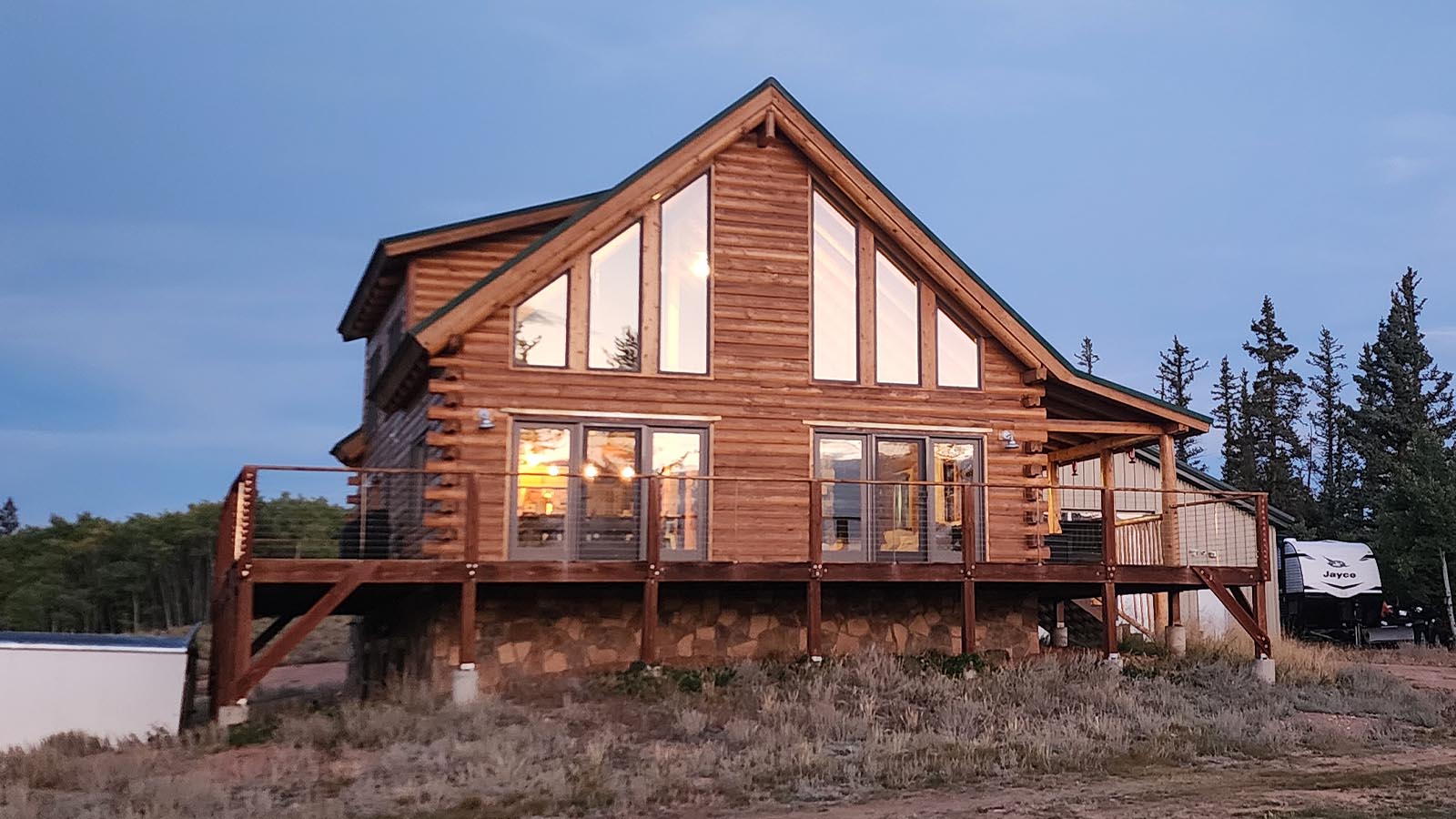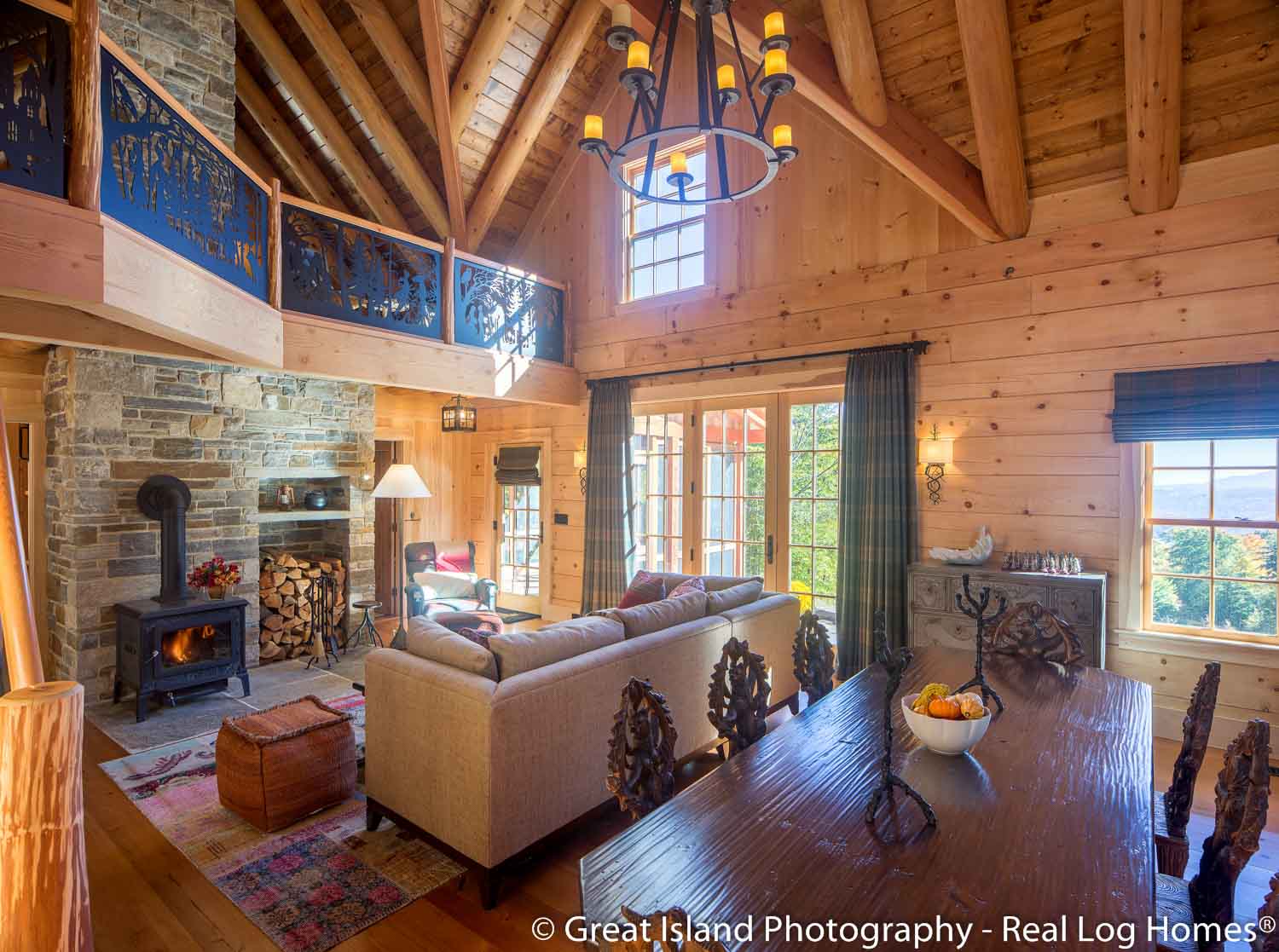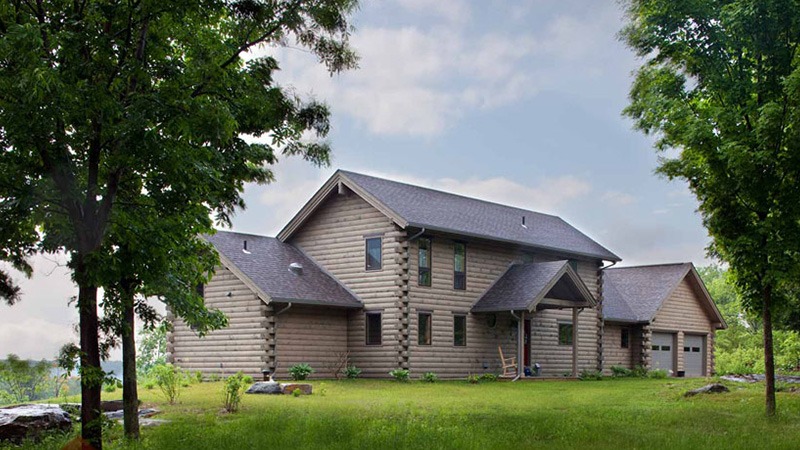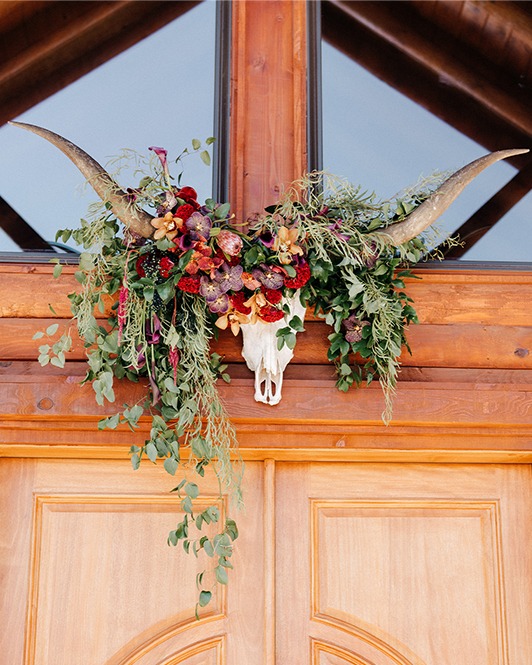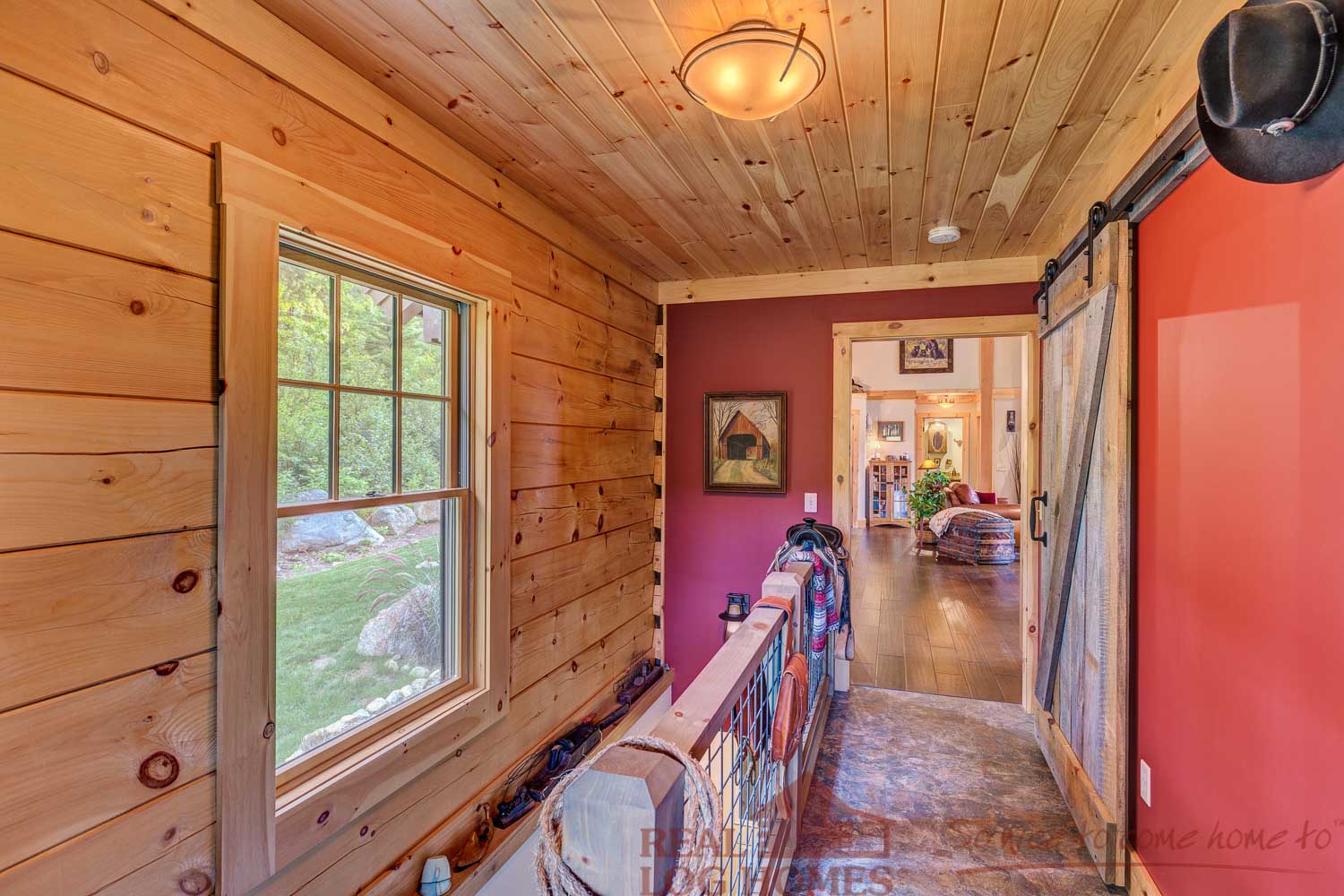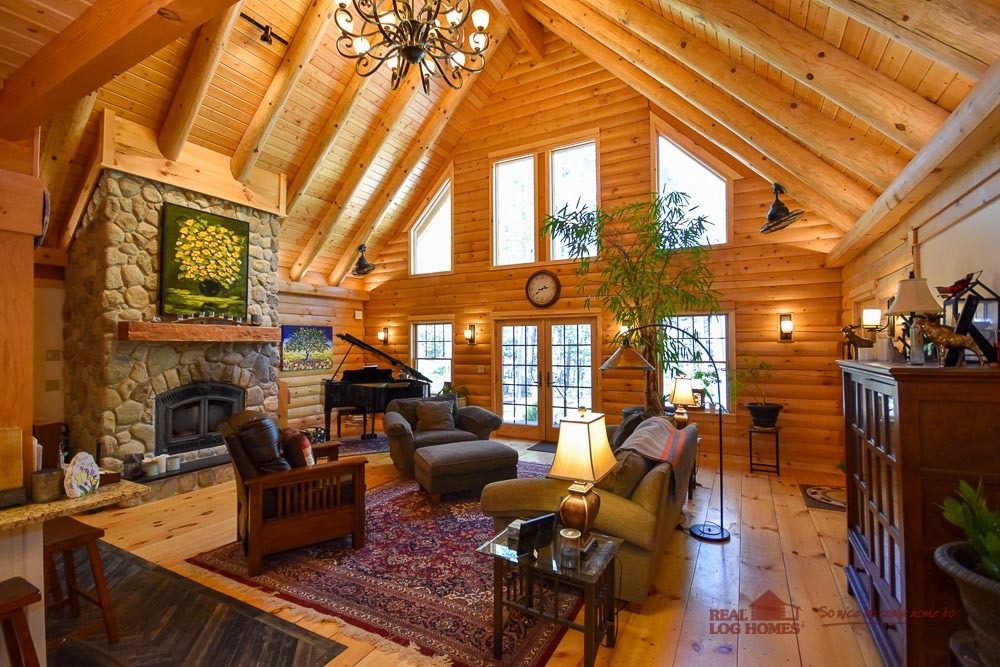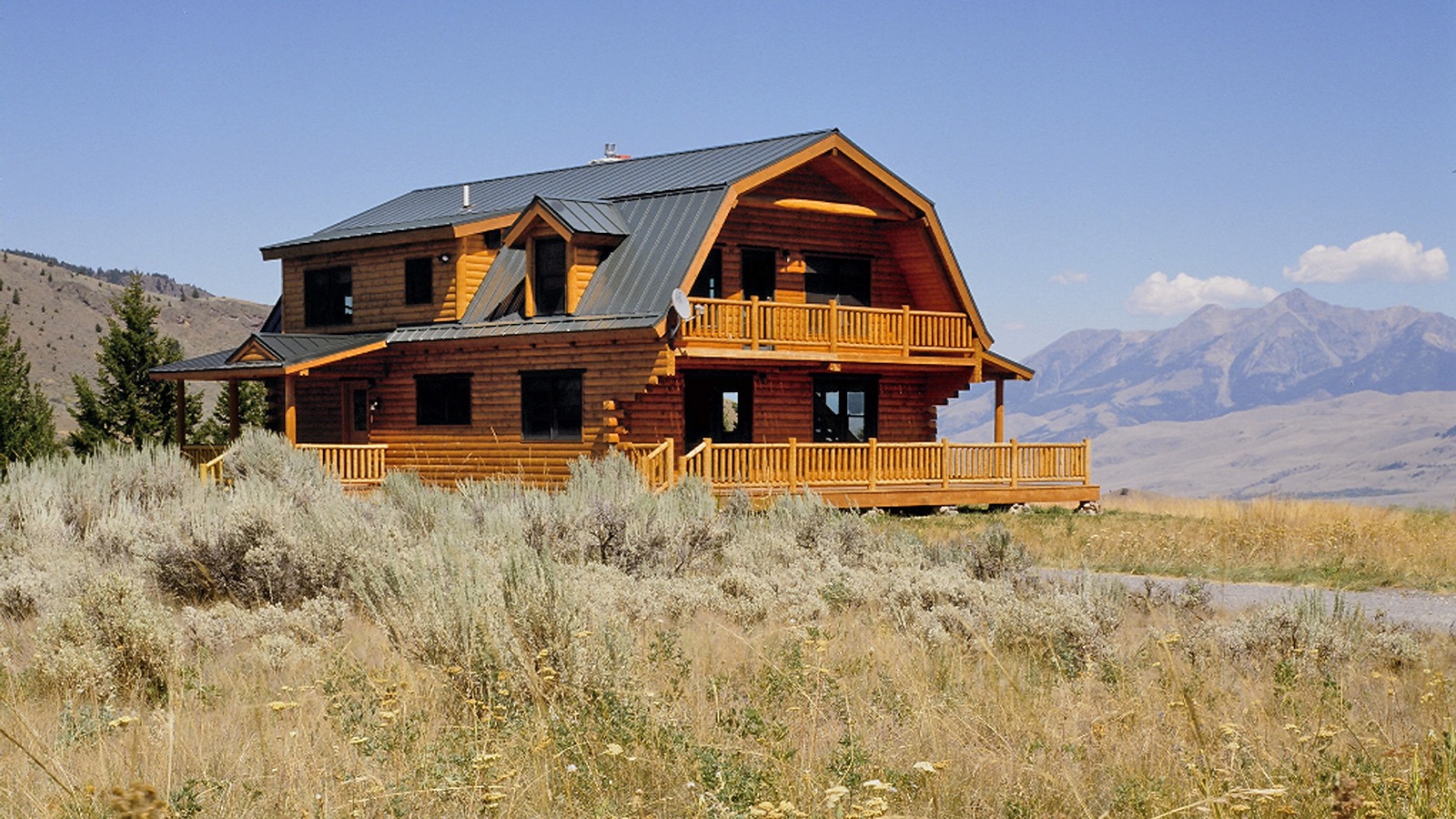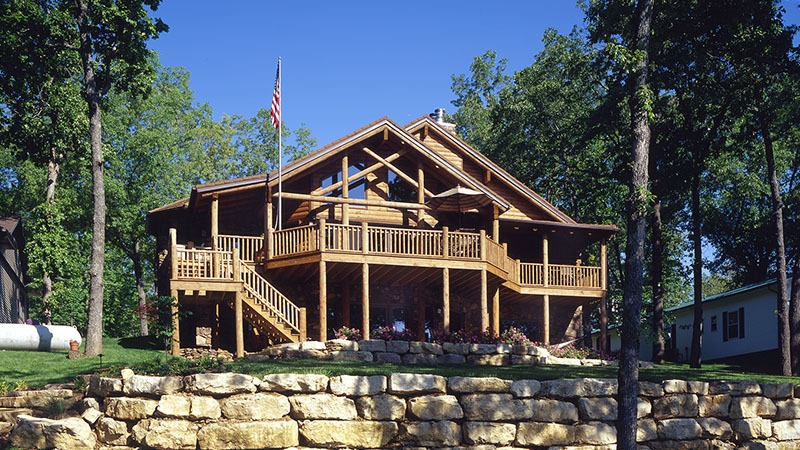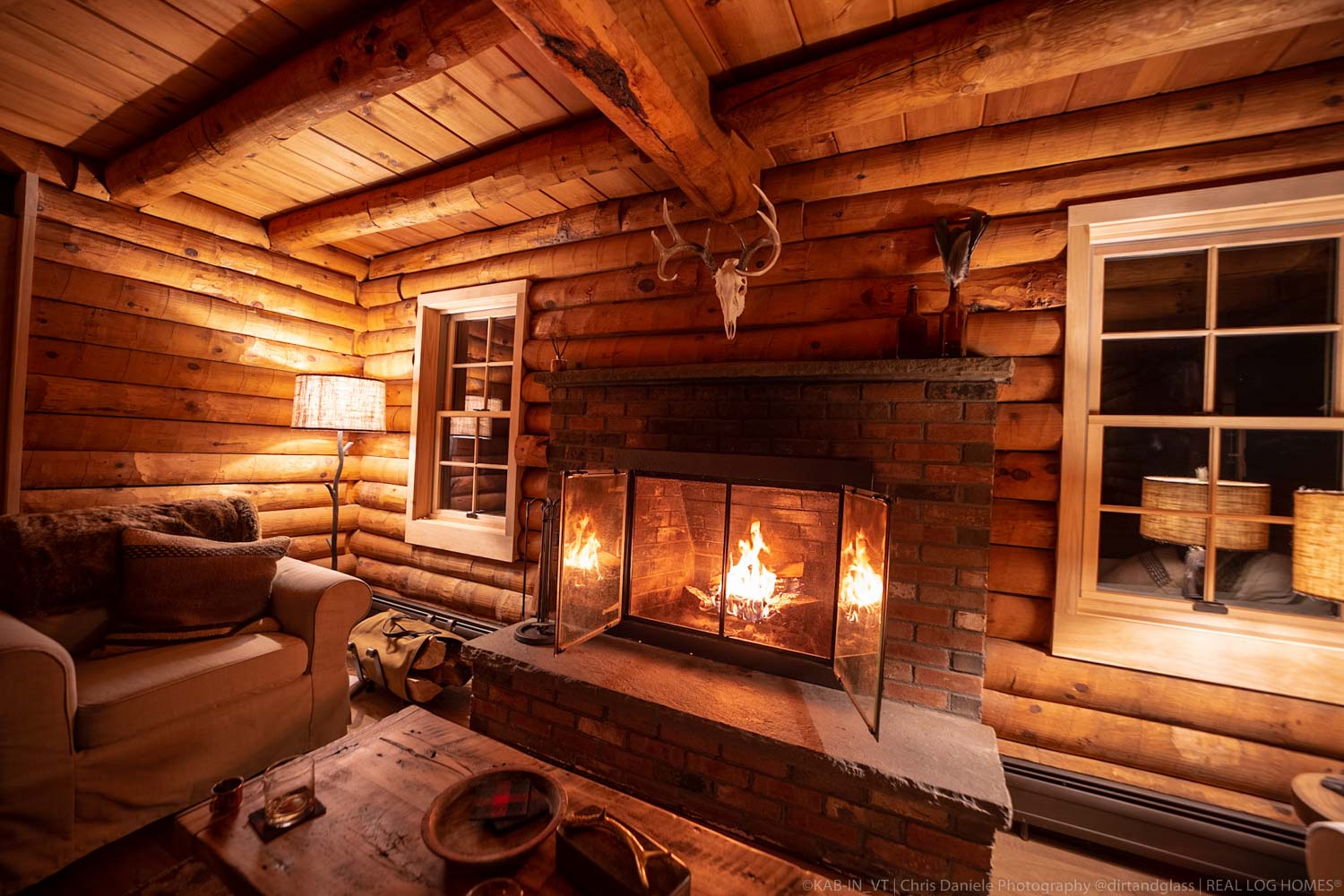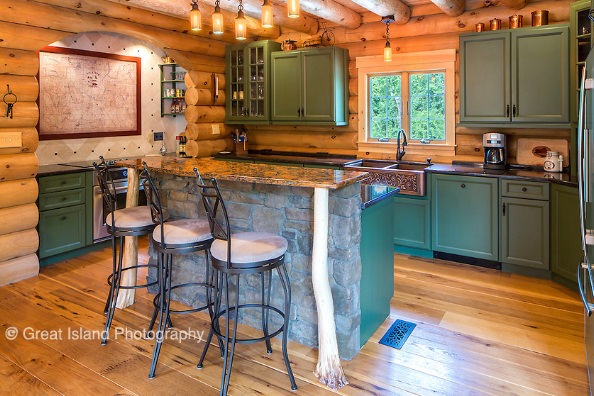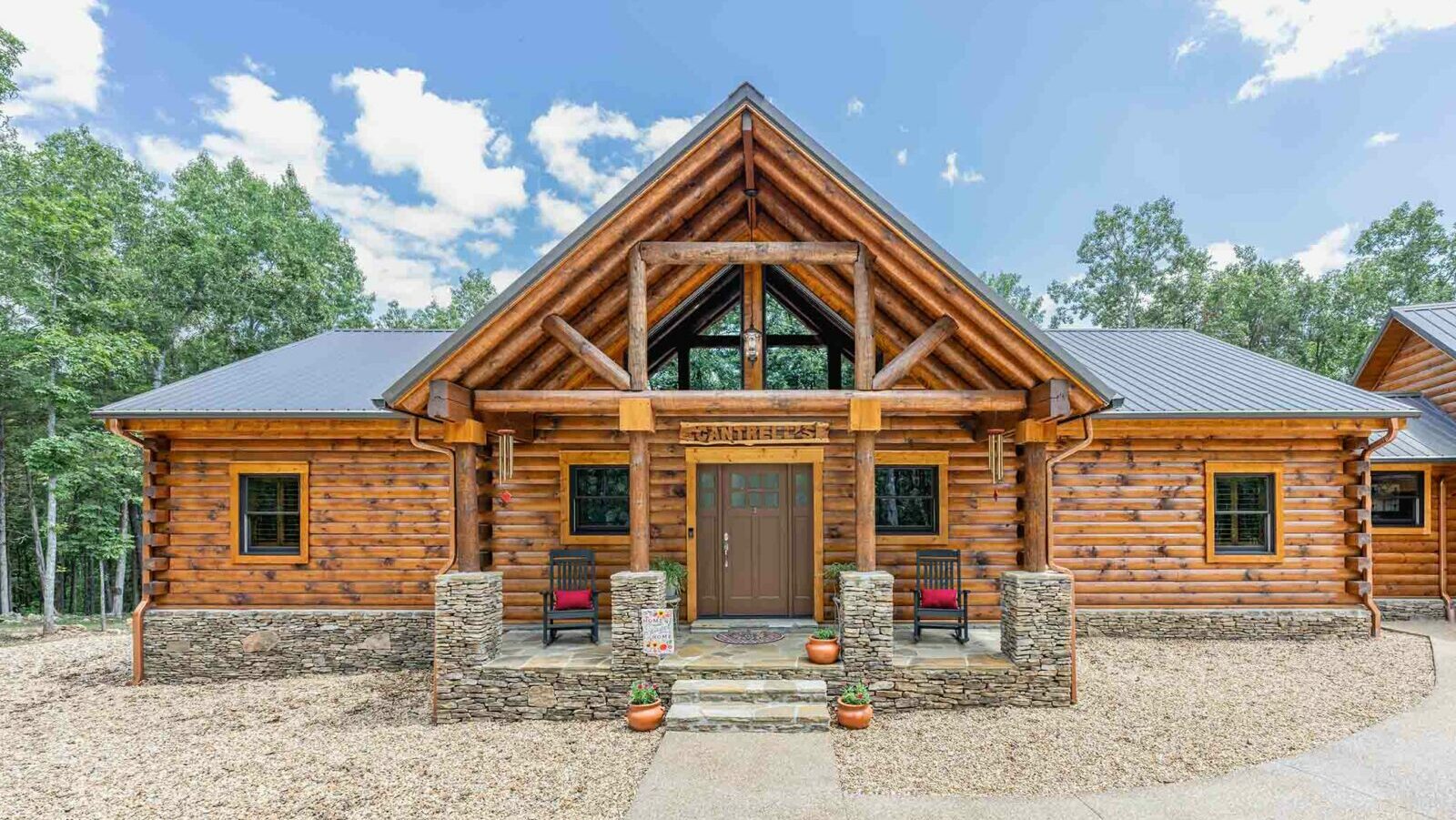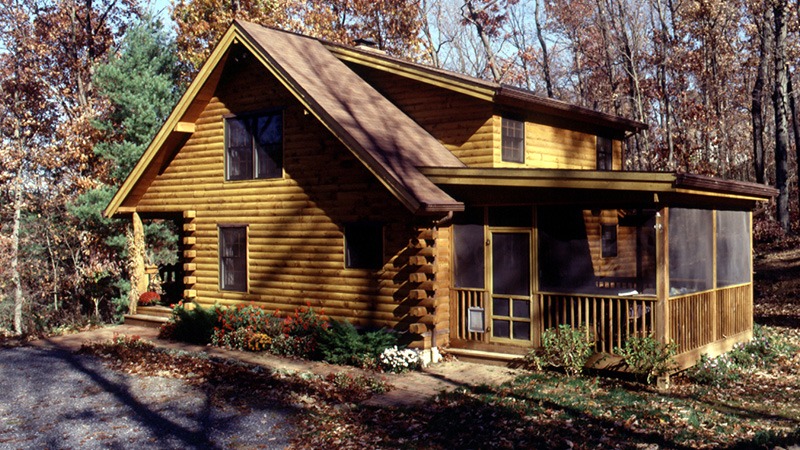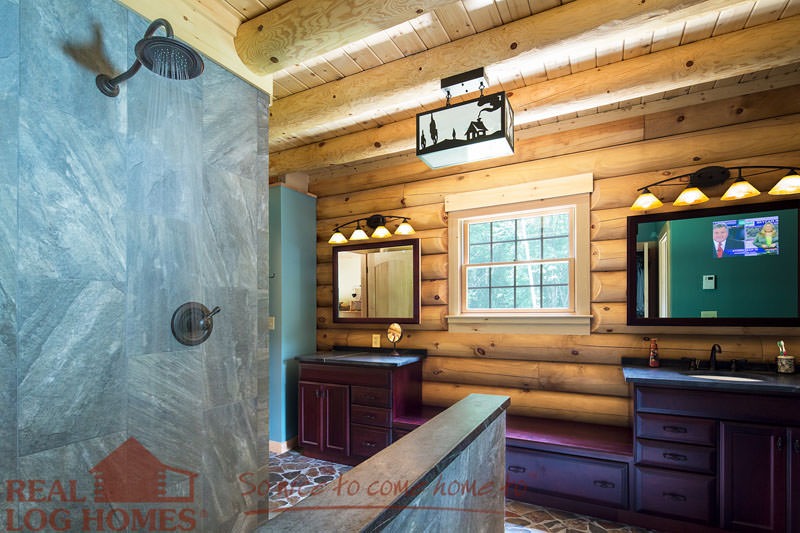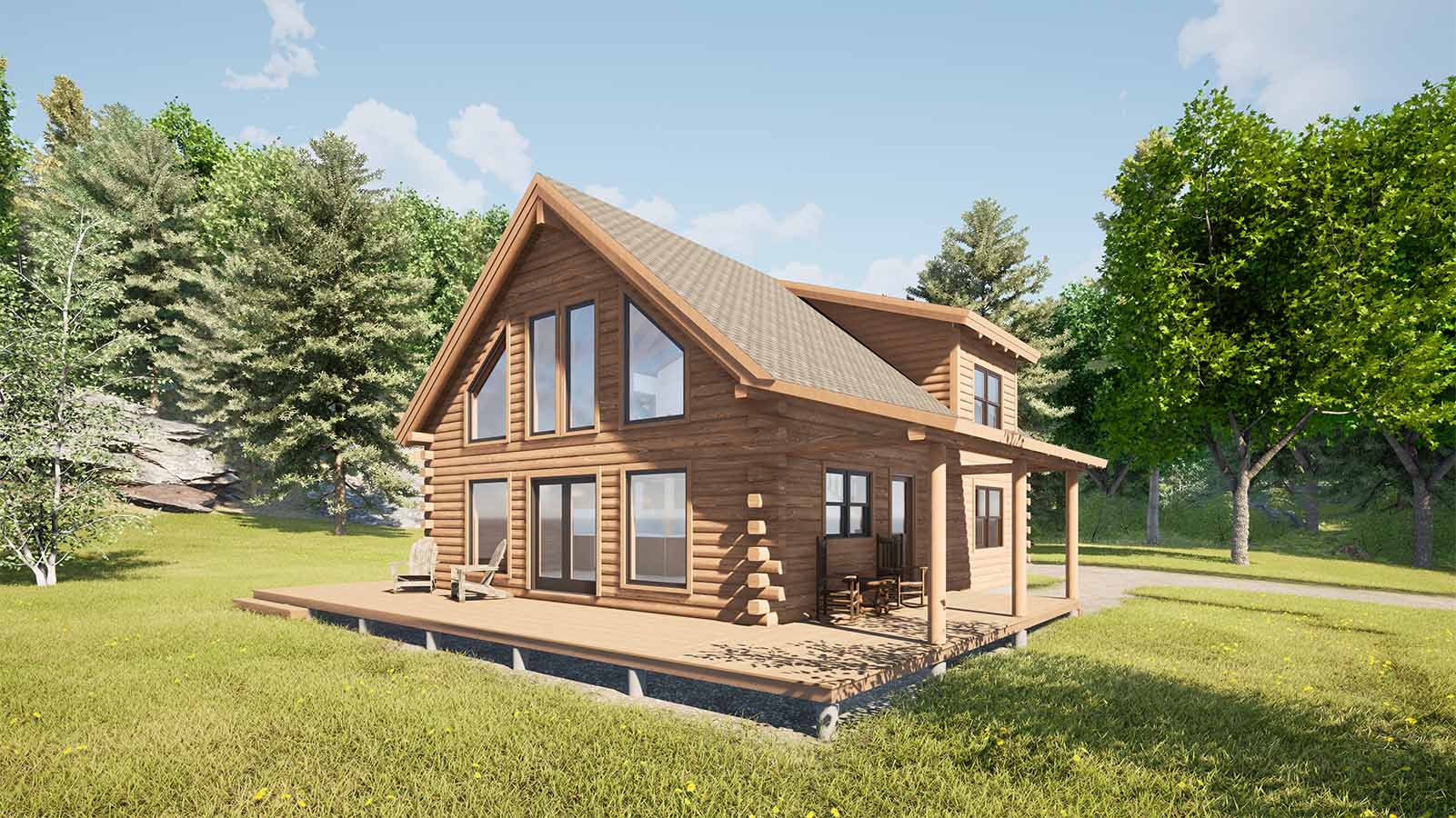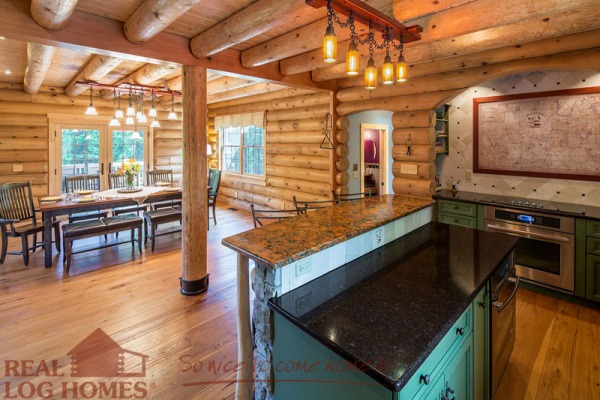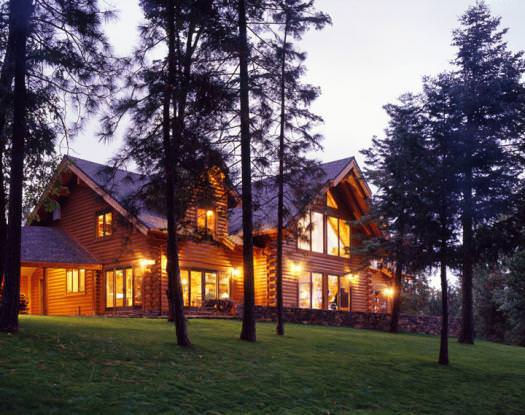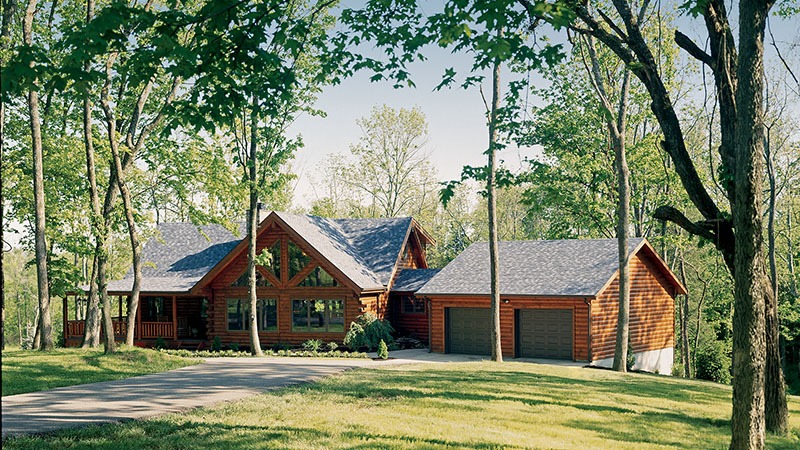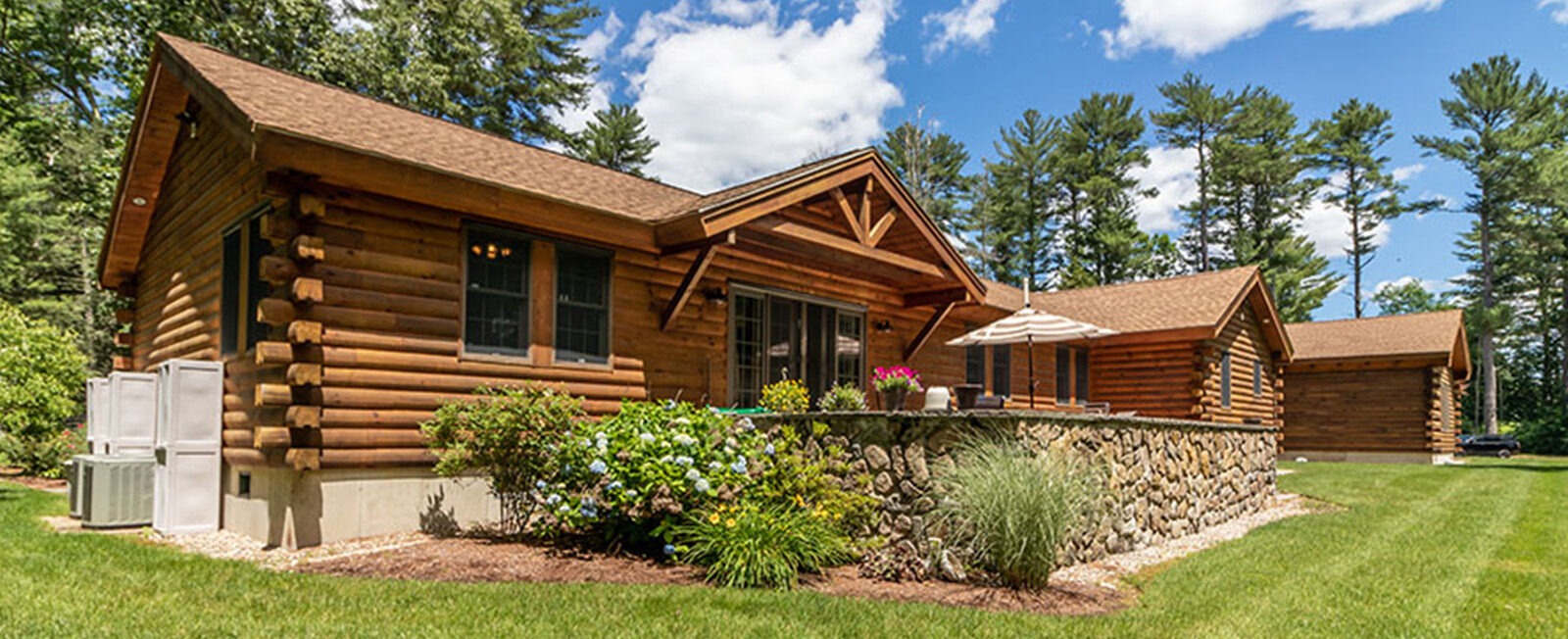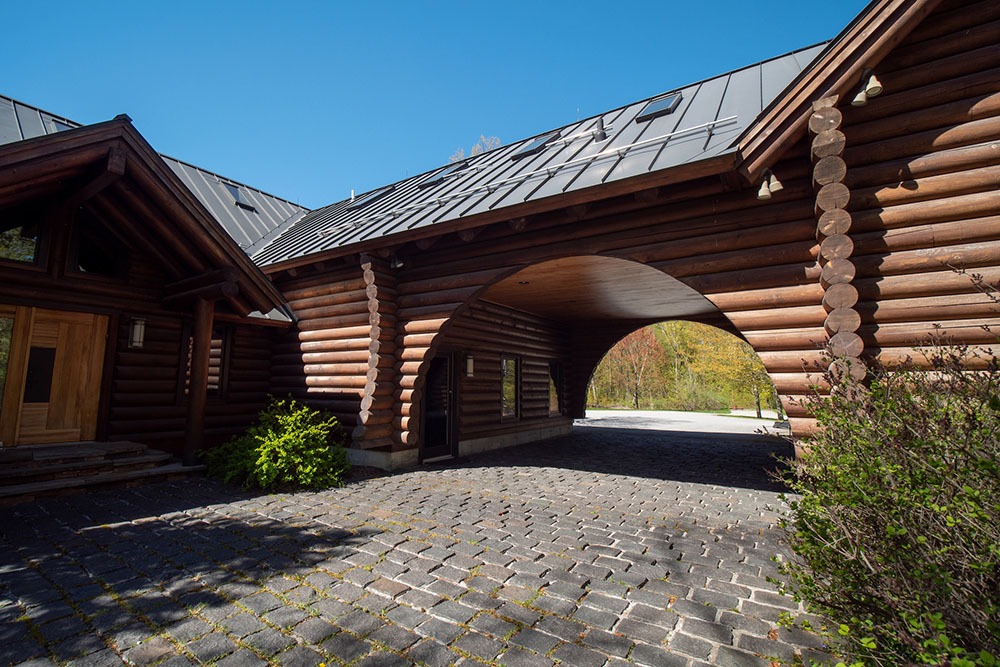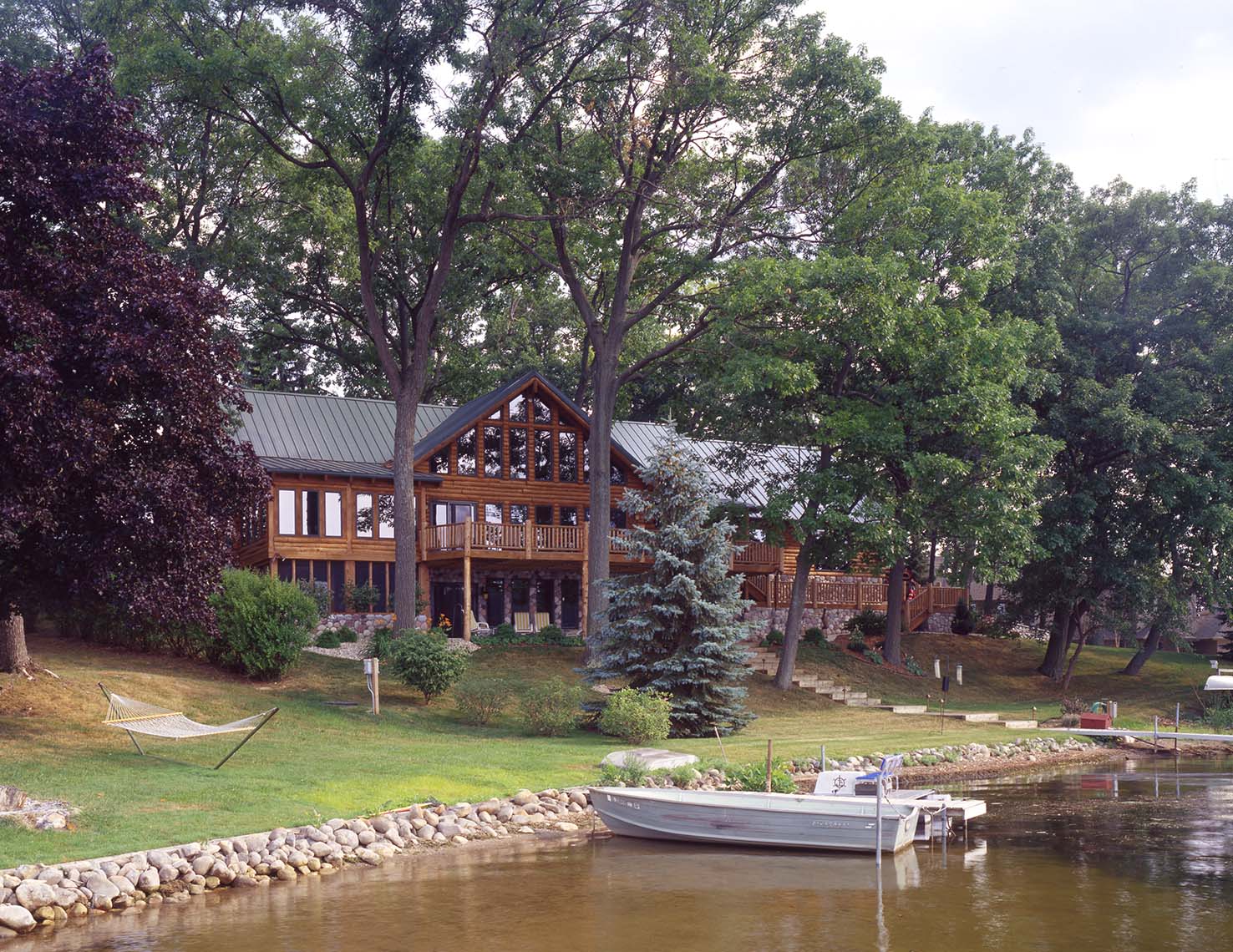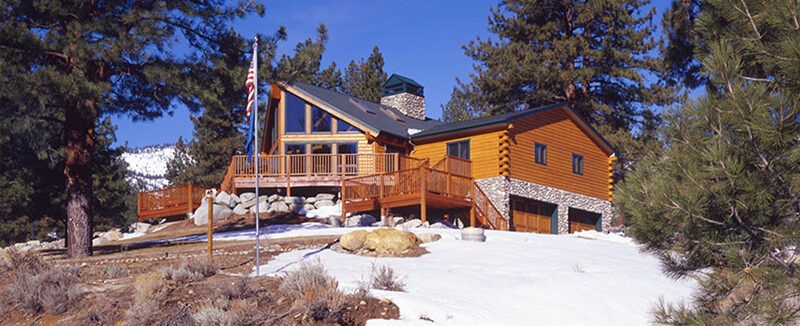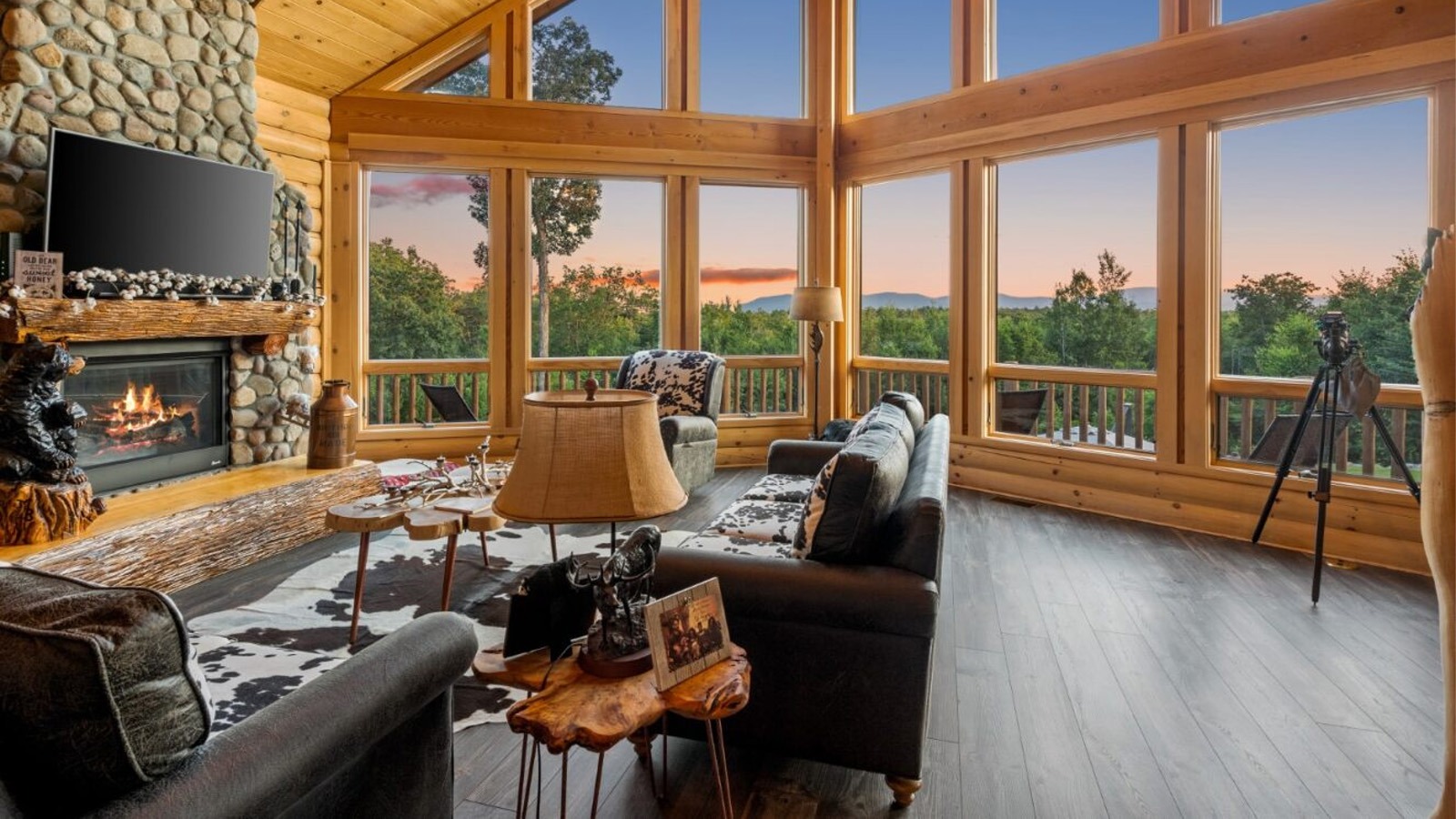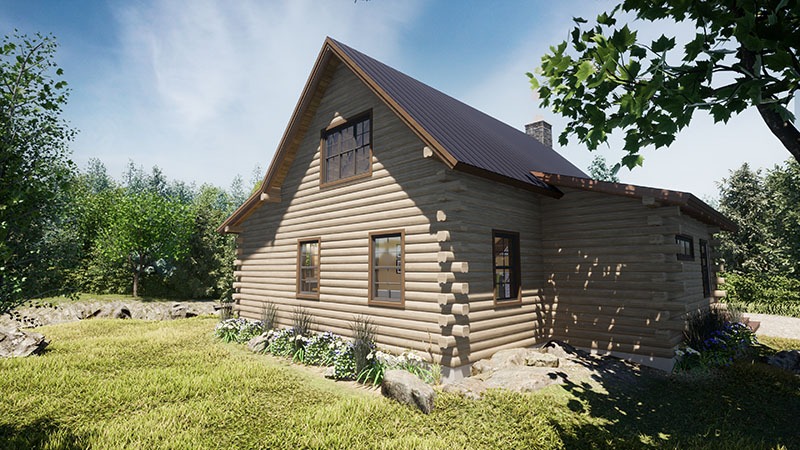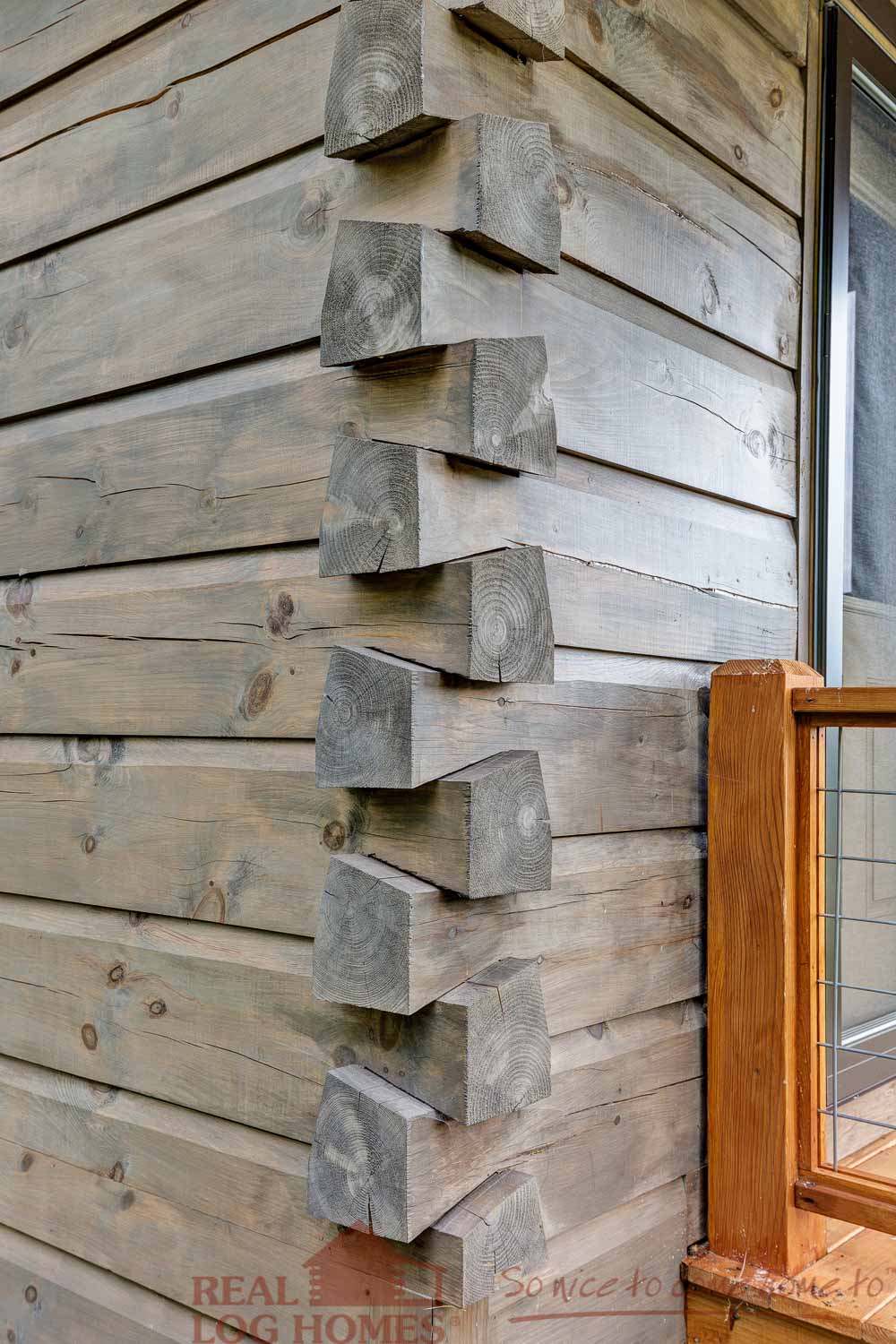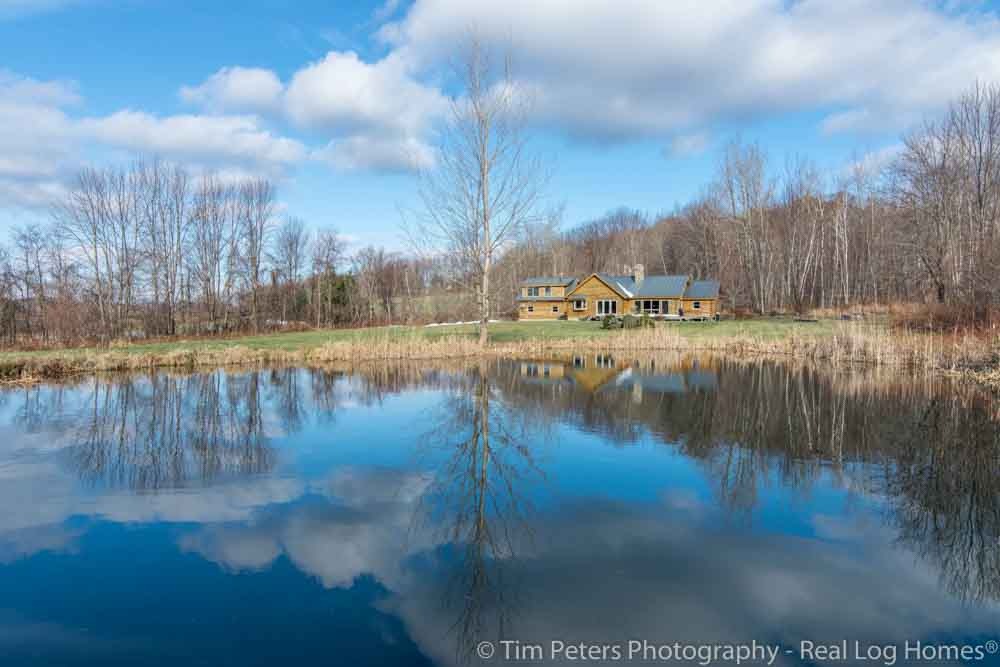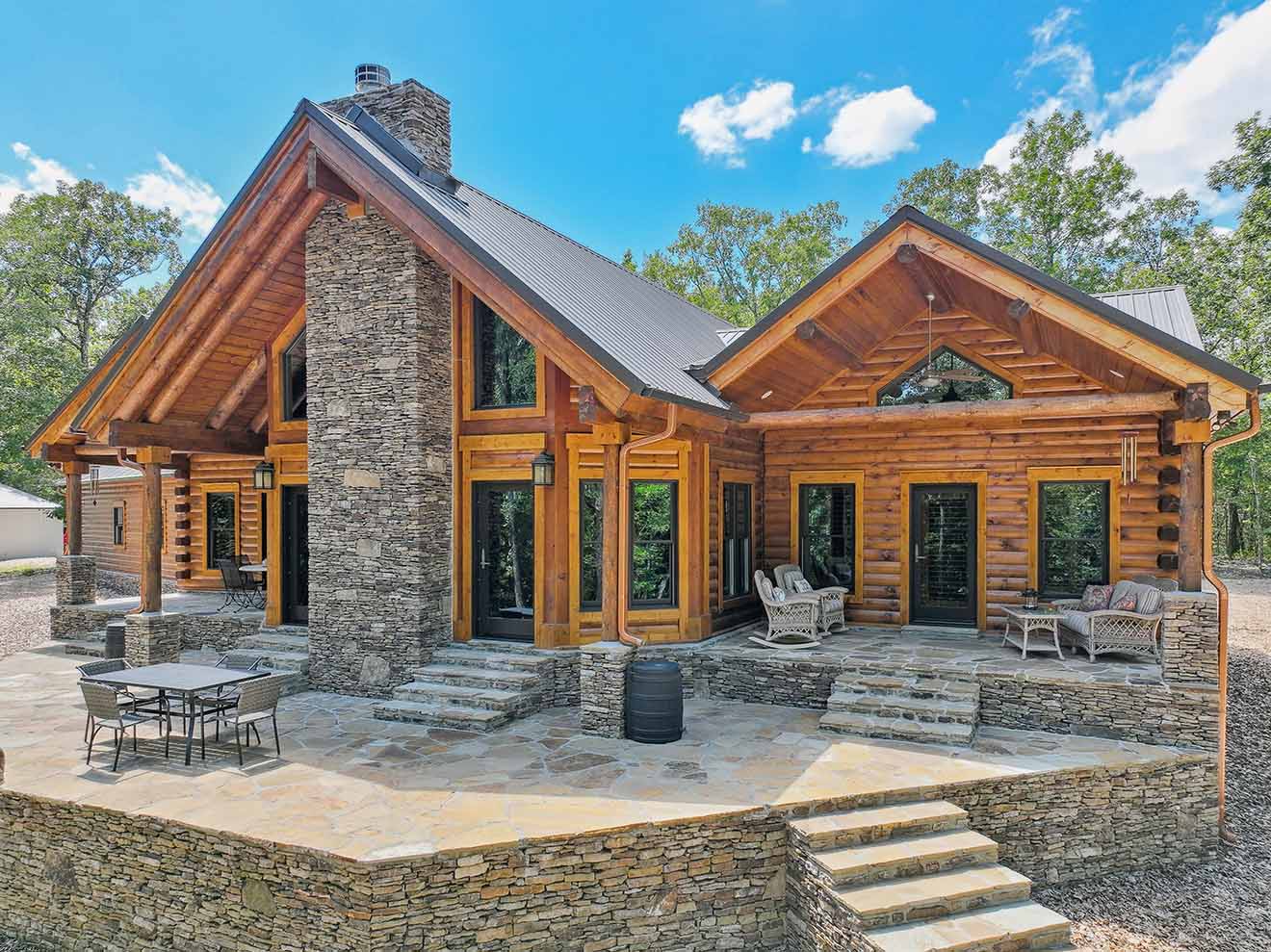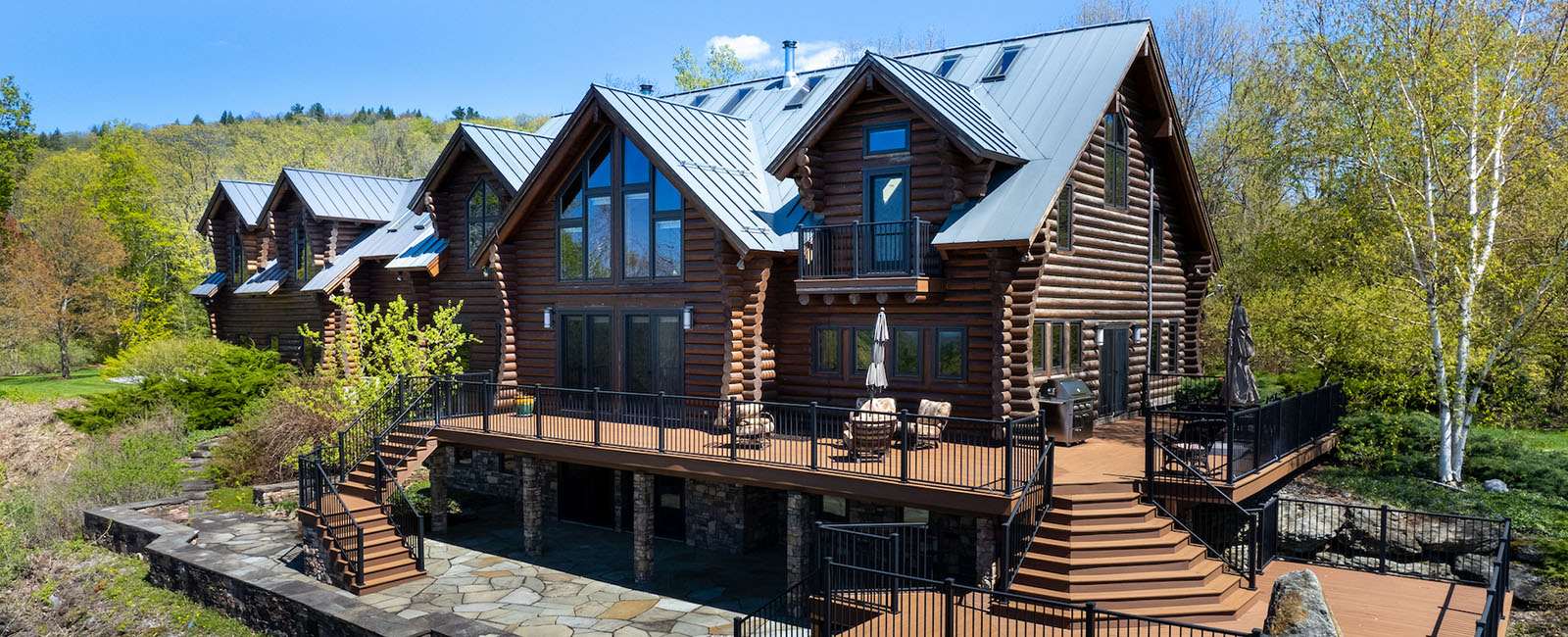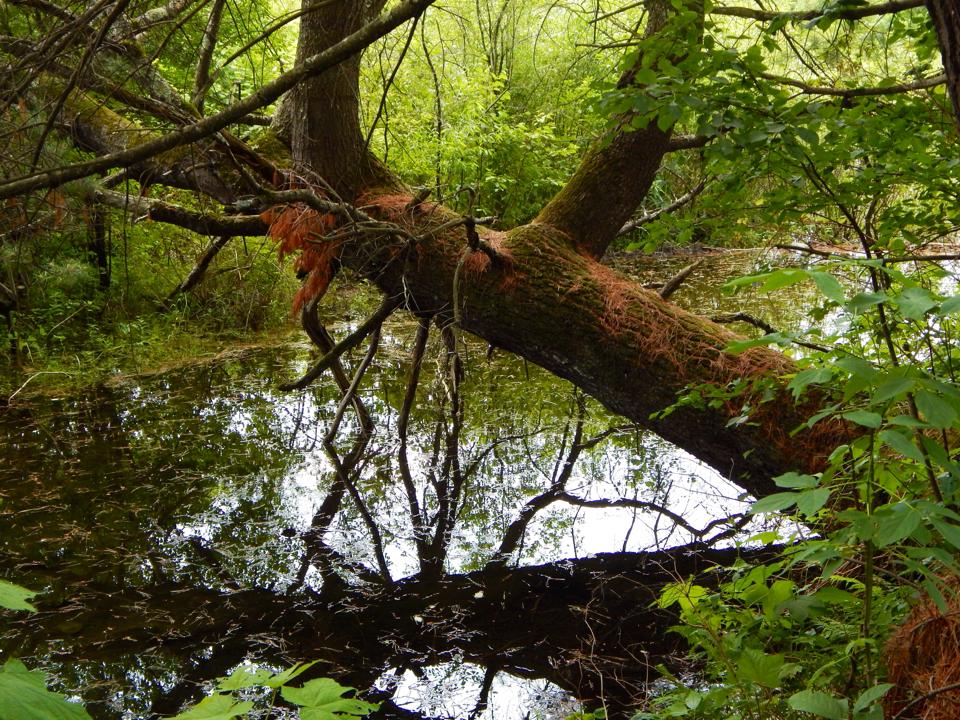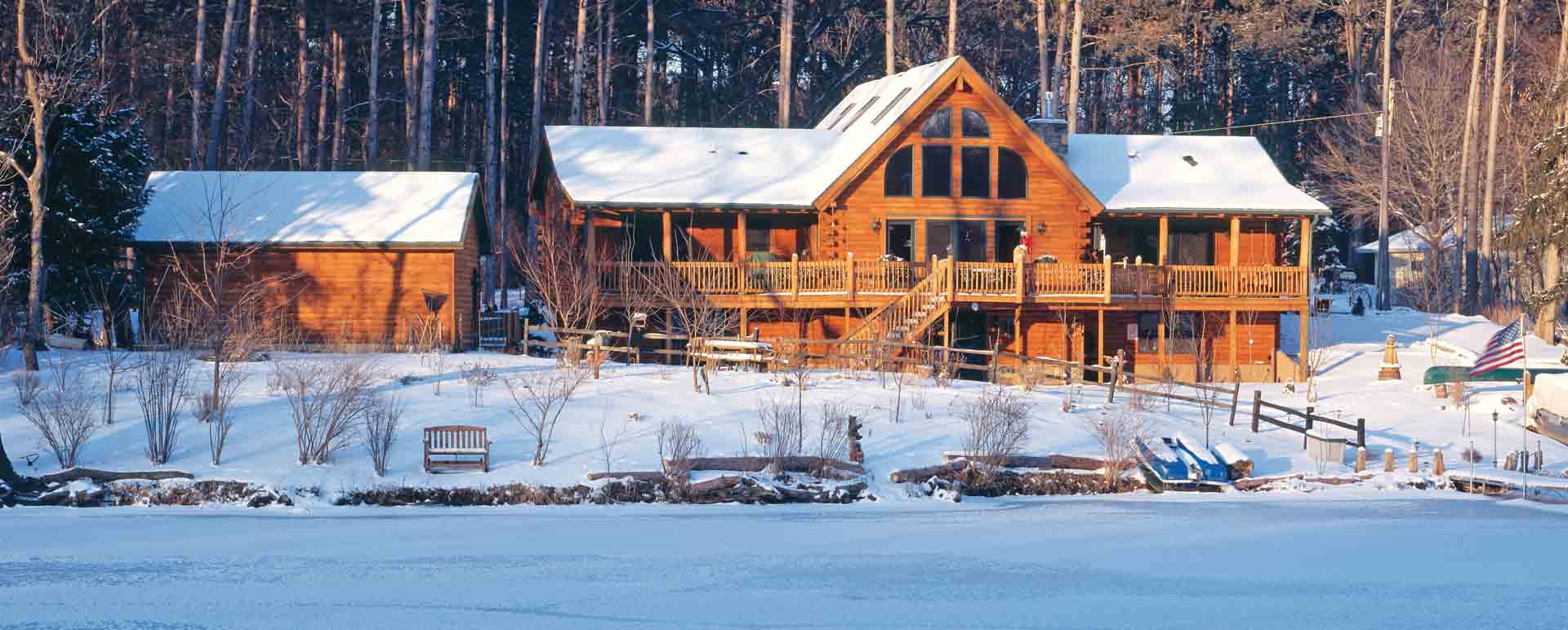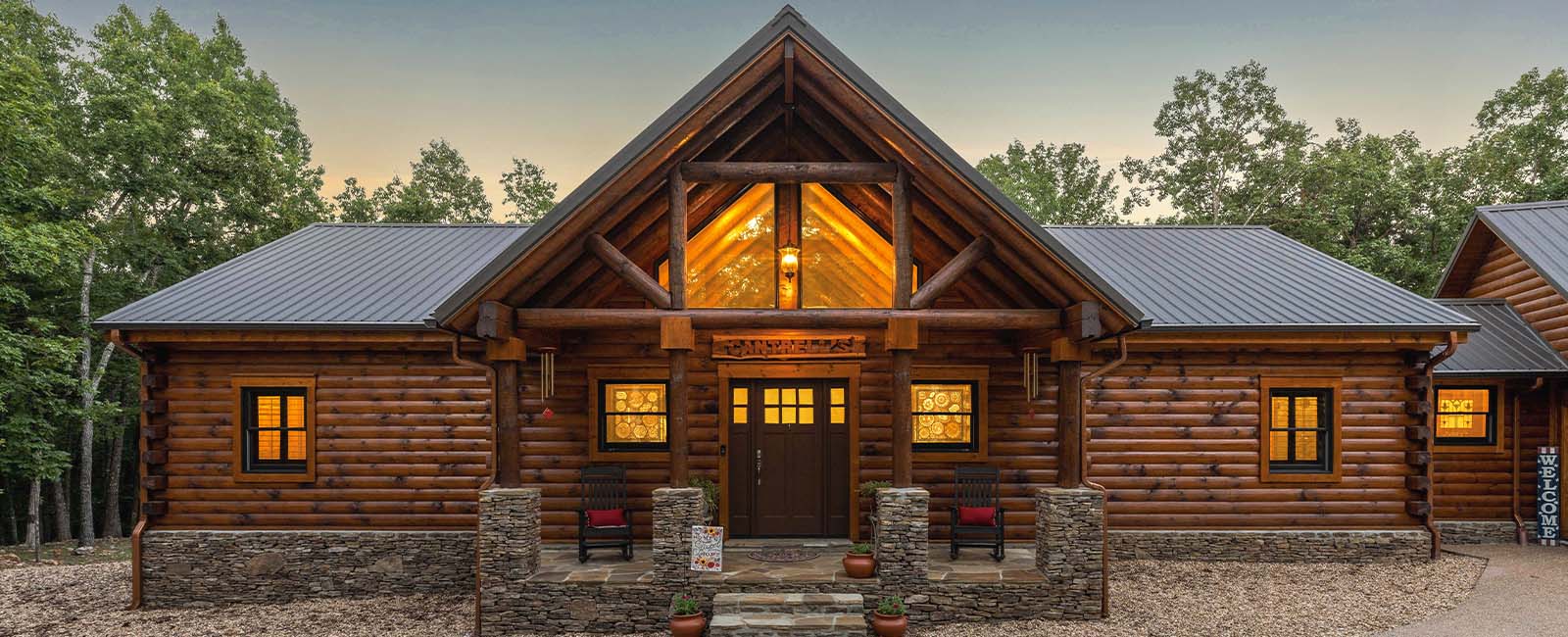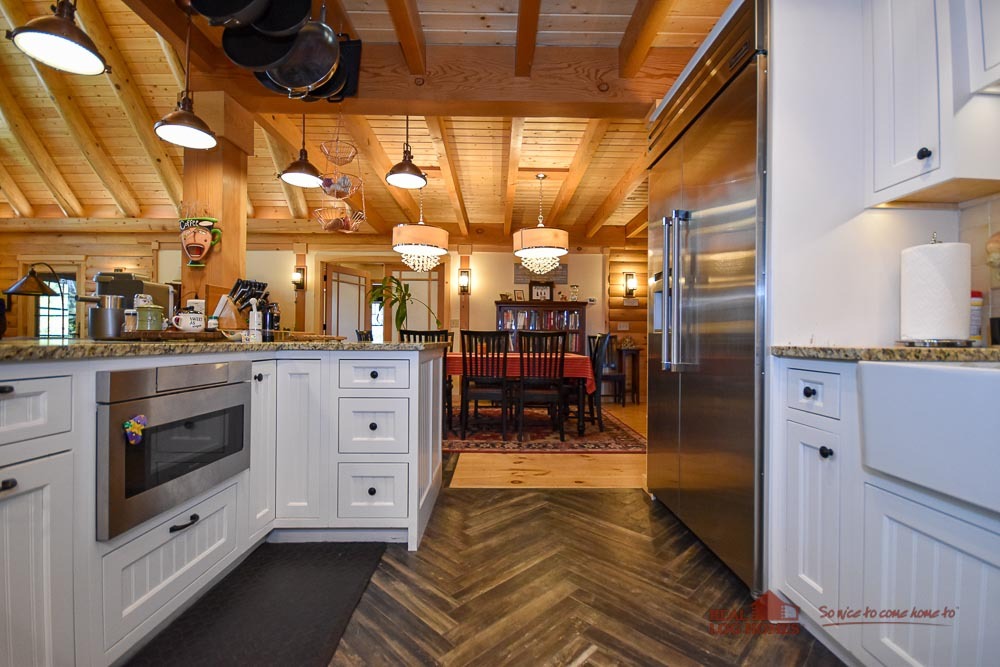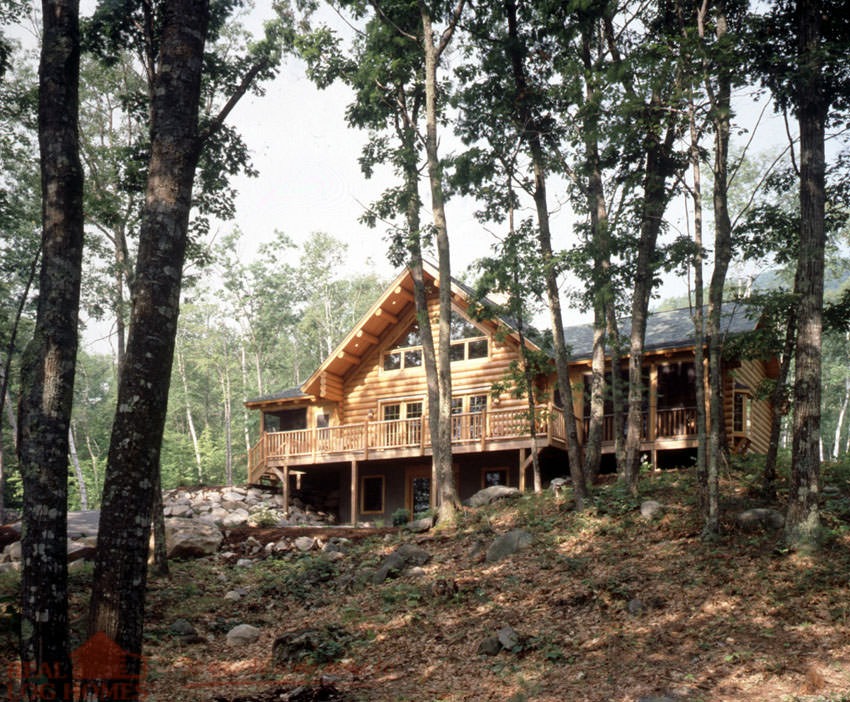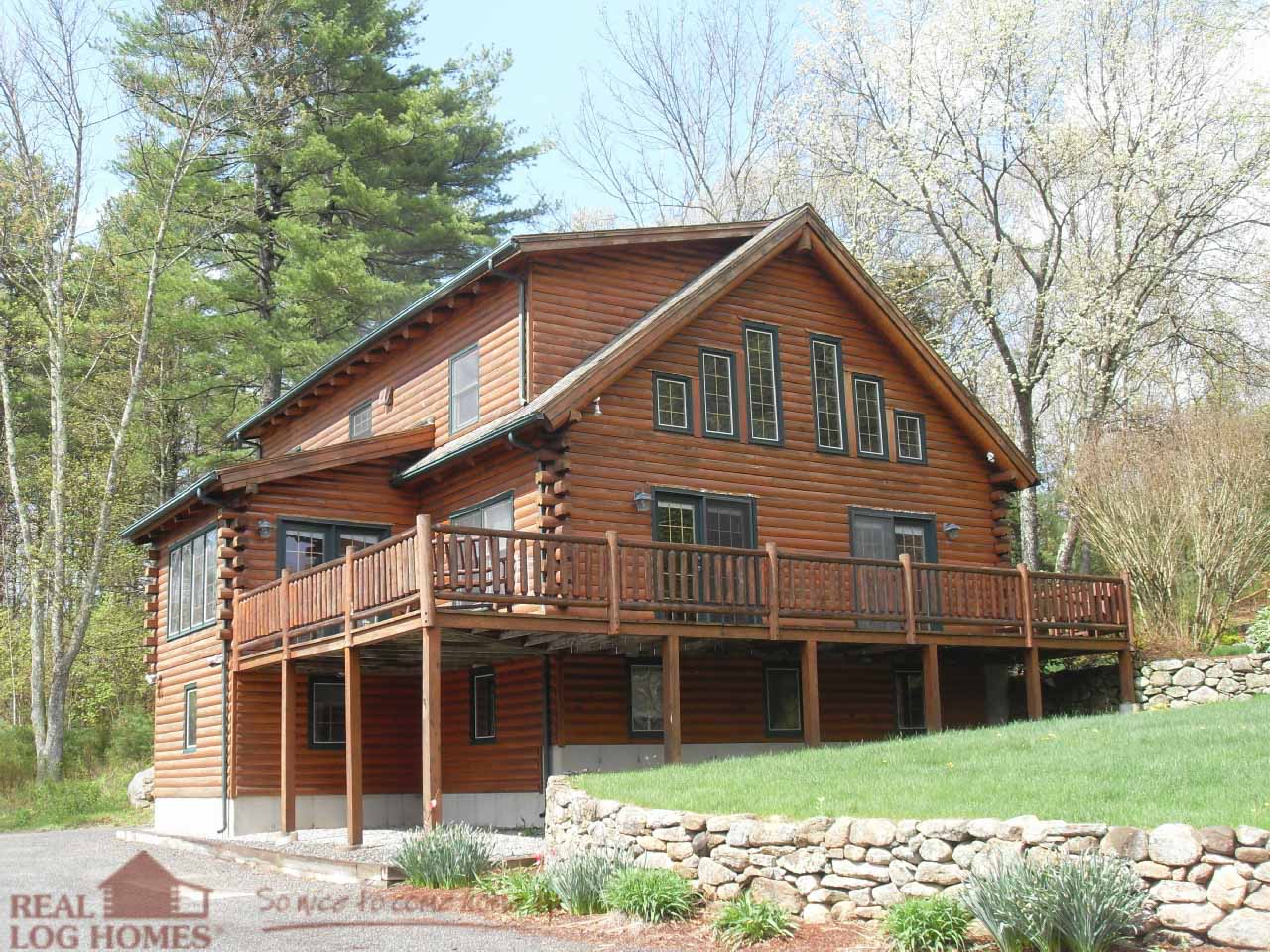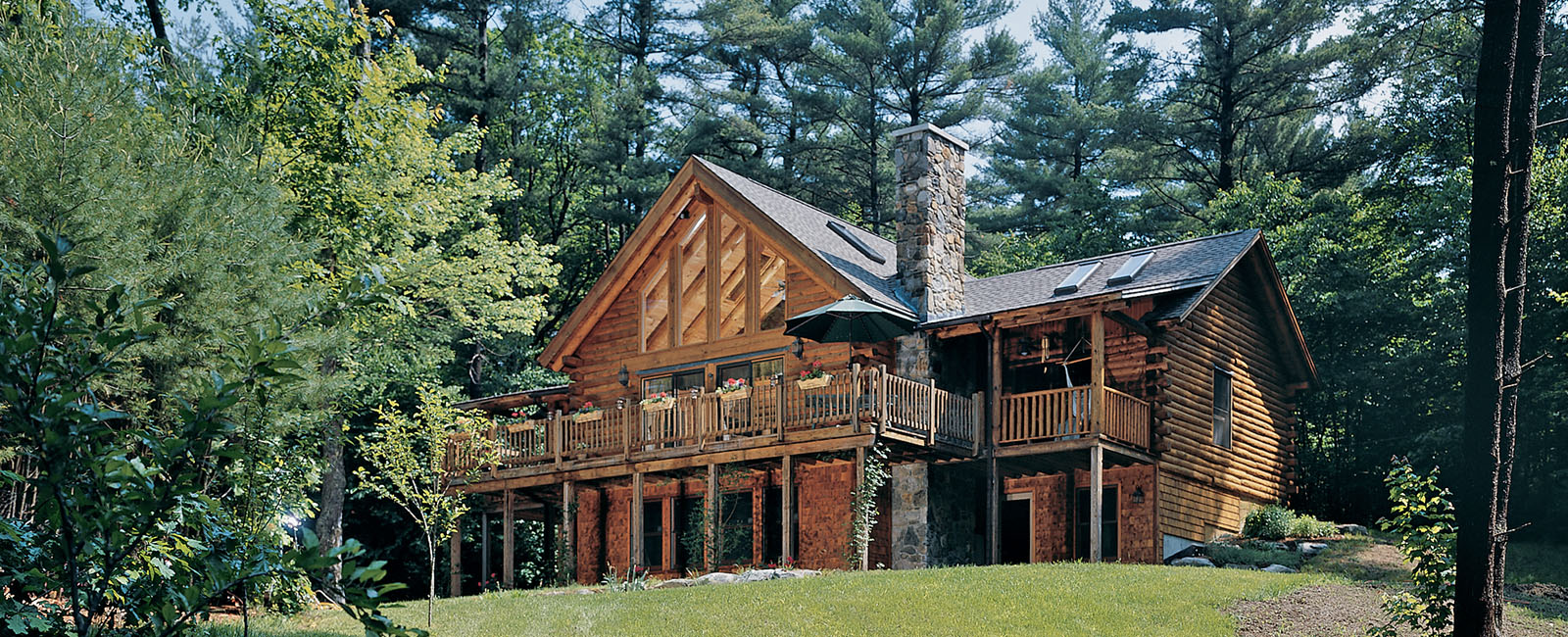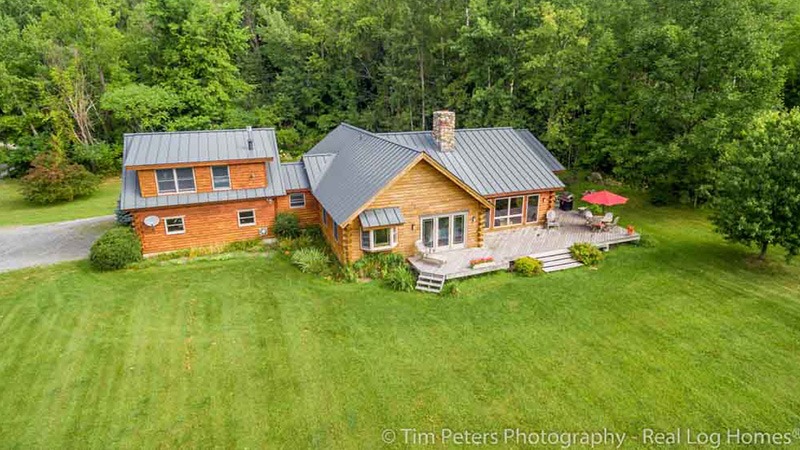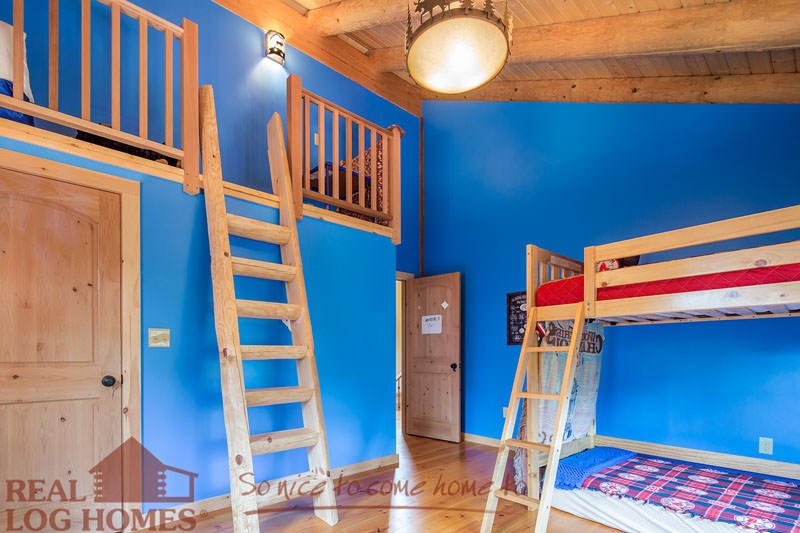October has arrived and it’s the time of year for pulling up docks, and winterizing homes (including log homes). Whether you’ll be completely shutting down a vacation log home on a lake, prepping a log ski lodge for winter ski trips, or if you’d just like to prepare your primary log home residence for the winter, we’ve got 11 great tips to keep your log home in ship shape.
1) Inspect log exterior
- Re-apply stain if you have not done so in the past several years.
- 49-90 degrees Fahrenheit is a safe temperature for applying stain. (You might be able to go a bit cooler, but the most important thing to remember is to not apply any stain or sealant on wood that may have a fine layer of frost or ice. The presence of that moisture will cause interference when adhering to the wood.)
- If you are unable to re-stain before the temperatures drop too low, go ahead and make plans to re-stain or seal in the Spring. (Some companies may offer discounts for scheduling this type of maintenance in advance.)
- Caulk any large checks in the logs to prevent moisture infiltration and stop any possible air leakage.
2) Furnace Inspection
- Call an HVAC professional to inspect your furnace and clean ducts.
- Consider switching out your thermostat for a programmable thermostat. That way you can drop the temperature while you are away. Some new thermostats allow you to raise the temperature via your phone. That’s a great idea for log ski houses – that way they’ll be warm and toasty before you arrive.
3) Get the Fireplace Ready
- If the chimney hasn’t been cleaned for a while, call a chimney sweep to remove soot and creosote.
- Inspect the fireplace damper for proper opening and closing. If the damper isn’t closing tightly, heat will escape up the chimney – leading to higher log home heating bills.
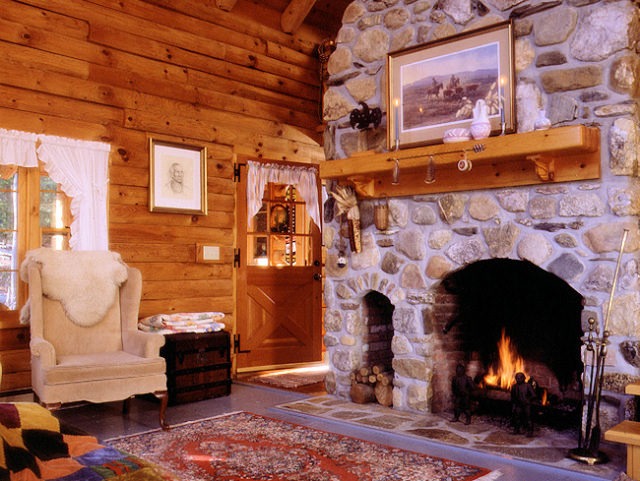
4) Exterior, Doors and Windows
- Switch out summer screens with glass. If you have storm windows, go ahead and install them.
5) Roof, Gutters & Downspouts
- Clean out the gutters and use a hose to spray water down the downspouts to clear away debris.
- Consider installing leaf guards on the gutters or extensions on the downspouts to direct water away from the home.
6) Weather-Specific Equipment
- Drain gas from lawnmowers.
- Service or tune-up snow blowers. (and snow mobiles, if you have one)
- Replace worn rakes and snow shovels.
- Clean, dry and store summer gardening equipment.
- Sharpen ice choppers and buy bags of ice-melt / sand.
7) Check Foundations
- Rake away all debris and any edible vegetation from the foundation (otherwise it will attract rodents).
- Inspect the foundation for any cracks. Mice can slip through space as small the width of a dime.
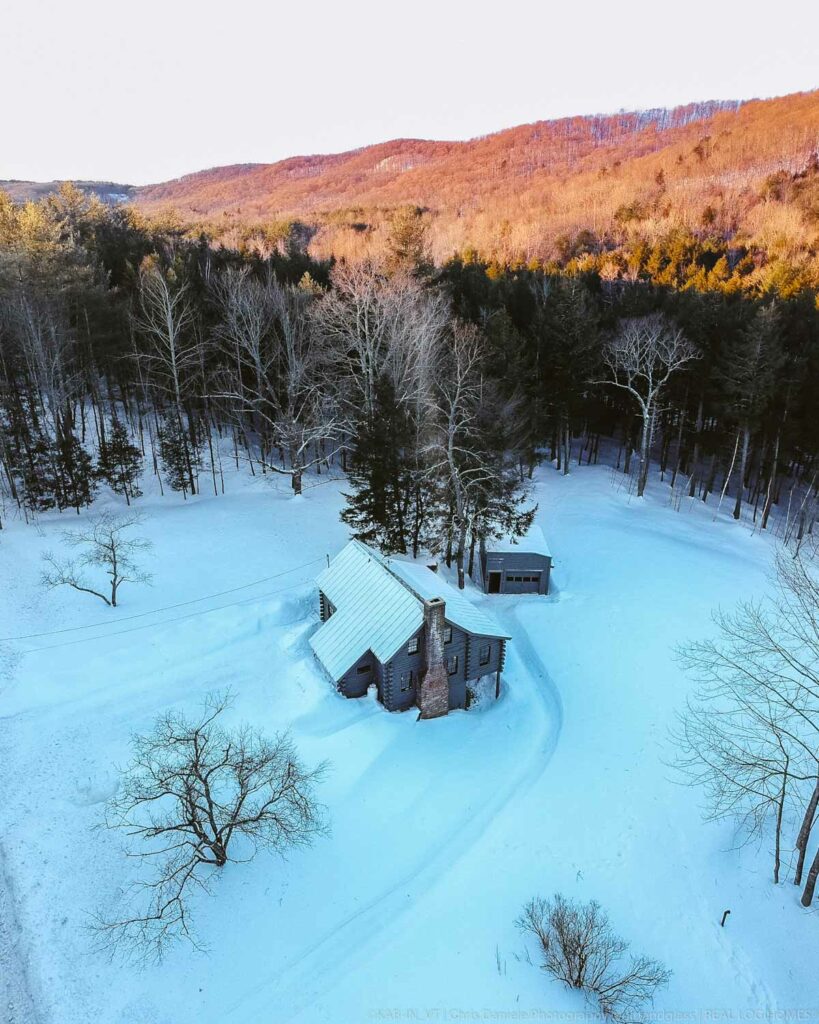
8) Smoke and Carbon Monoxide Detectors
- Your log home will likely be closed up for the winter with limited fresh air and a heater or wood stove running regularly so make sure you:
- Buy extra smoke detector batteries and change them when daylight savings ends.
- Test smoke and carbon monoxide detectors to make sure they work.
- Buy a fire extinguisher or replace an extinguisher older than 10 years. (It’s good to have an extinguisher on each floor with an extra for the kitchen and one near any fire source such as a wood stove)
9) Prevent Plumbing Freezes
- Locate your water main in the event you need to shut it off in an emergency.
- Drain all garden hoses.
- Insulate exposed plumbing pipes.
- Drain air conditioner pipes and, if your AC has a water shut-off valve, turn it off.
- If you go on vacation, leave the heat on, set to at least 55 degrees.
10) Prepare Landscaping & Outdoor Surfaces
- Trim trees if branches hang too close to the house or electrical wires.
- Ask a gardener when your trees should be pruned to prevent winter injury.
- Plant spring flower bulbs and lift bulbs that cannot winter over such as dahlias in areas where the ground freezes.
- Seal driveways, brick patios and wood decks.
- Don’t automatically remove dead vegetation from gardens as some provide attractive scenery in an otherwise dreary, snow-drenched yard.
11) Prepare an Emergency Kit
- Buy indoor candles and matches / lighter for use during a power shortage.
- Find the phone numbers for your utility companies and tape them near your phone or add them to your cell phone contact list.
- Store extra bottled water and non-perishable food supplies (including pet food, if you have a pet), blankets and a first-aid kit in a dry and easy-to-access location.
With these log home winterizing and maintenance tips you’re on your way to a well maintained and cozy log home sure to last for generations. After all, a log home requires maintenance just like any conventionally built home. But we feel that the effort put into a log home yields far more satisfaction than the same amount of effort put into a conventional home. So, we hope anyone thinking of building a new home will embrace the Real Log Style.
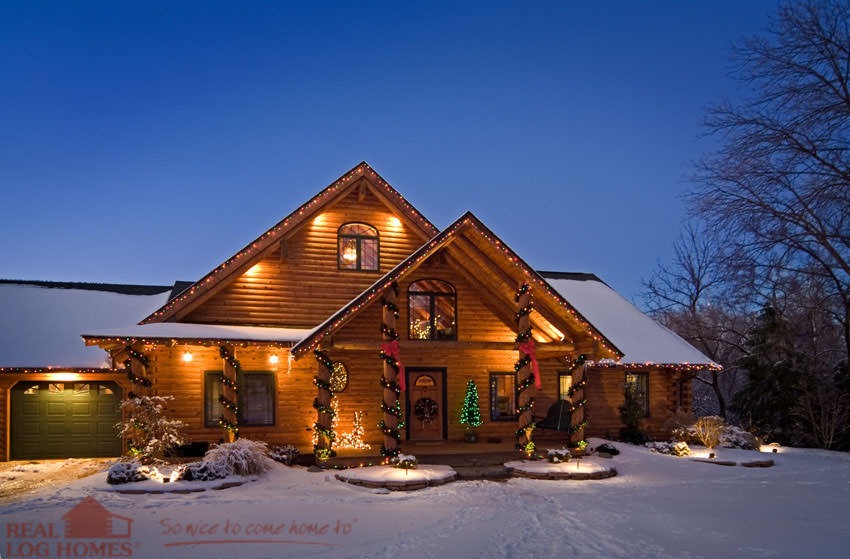
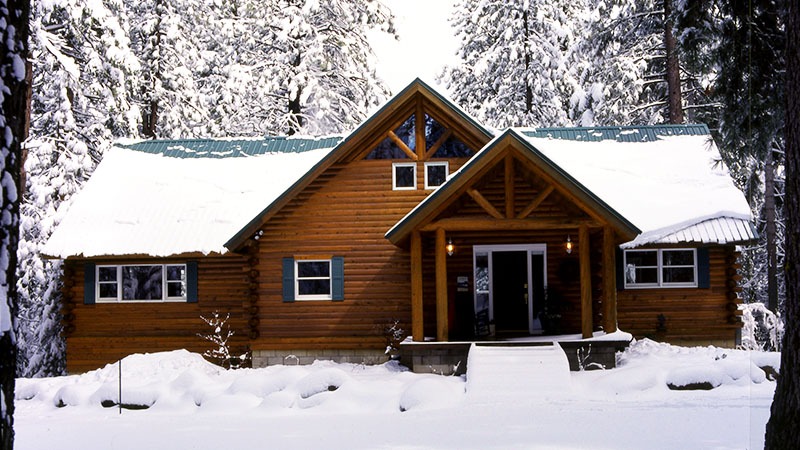
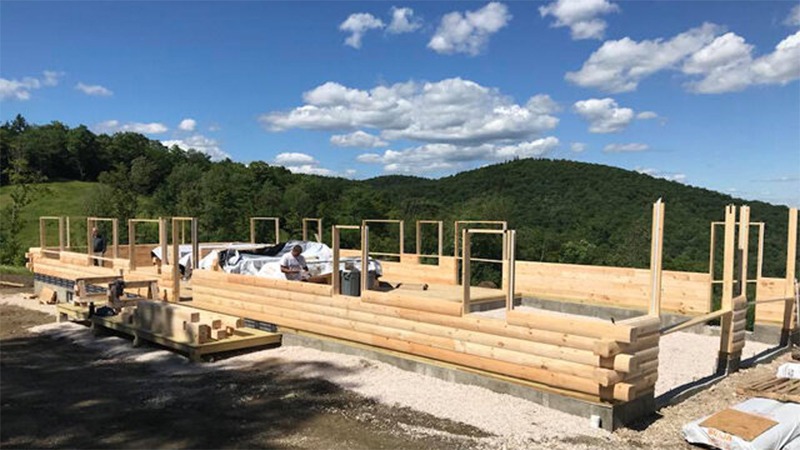
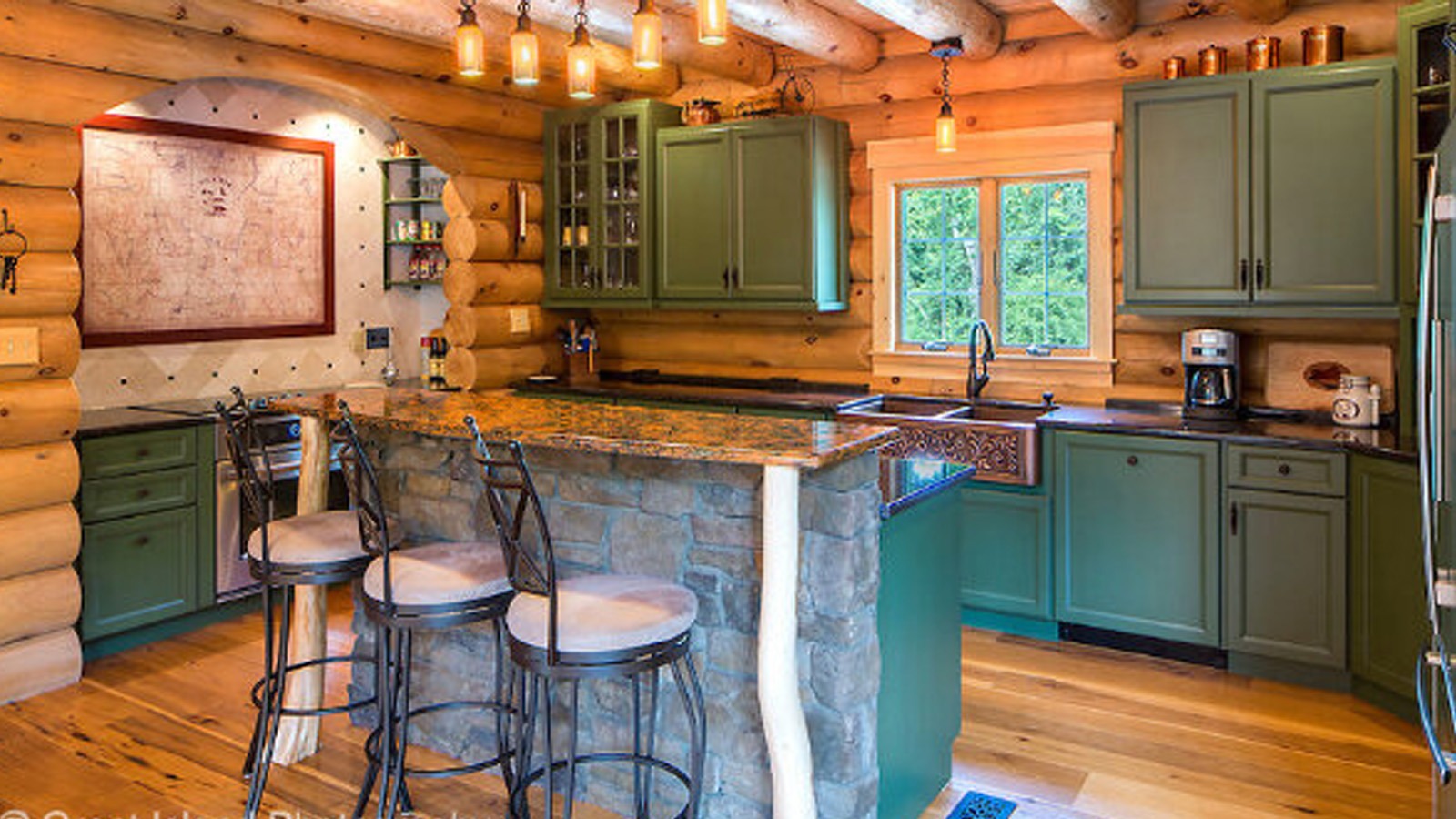
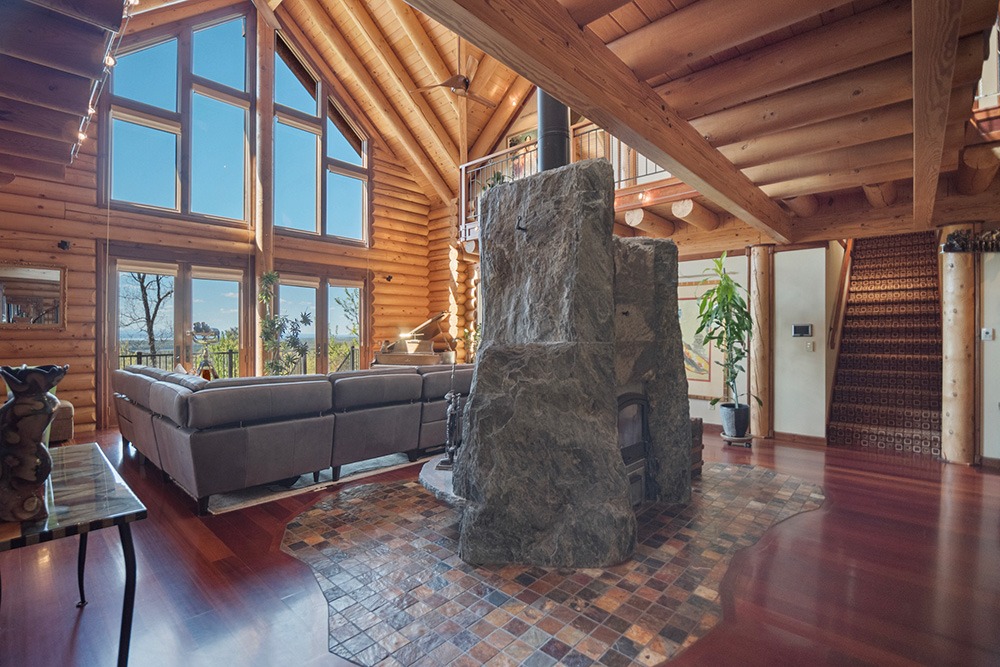
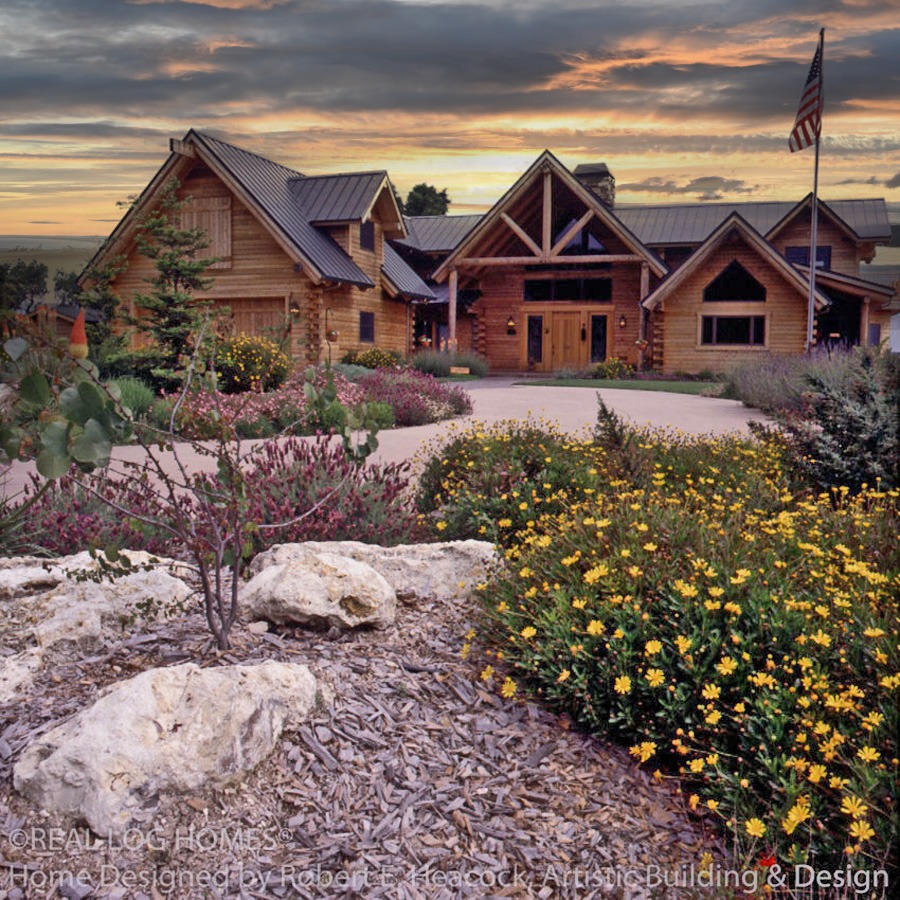
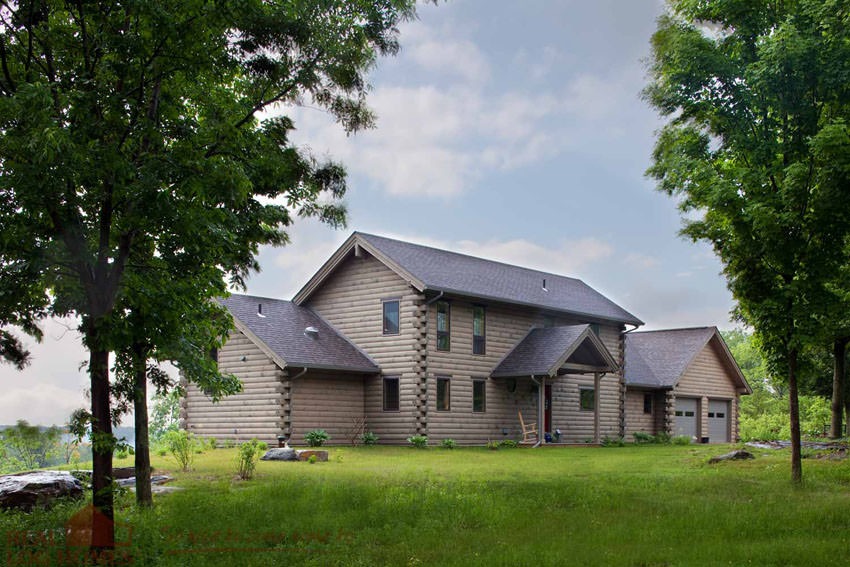
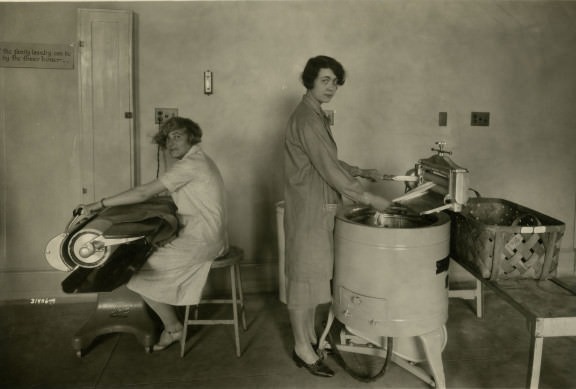
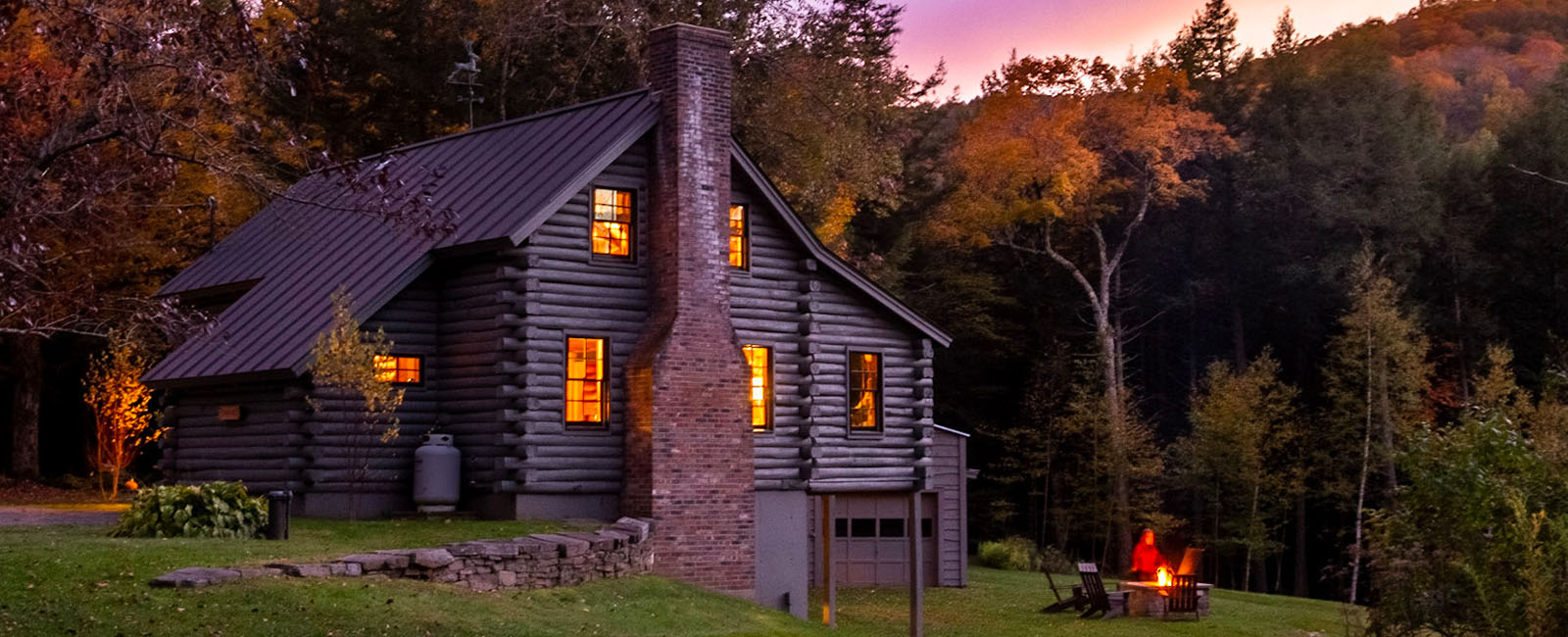
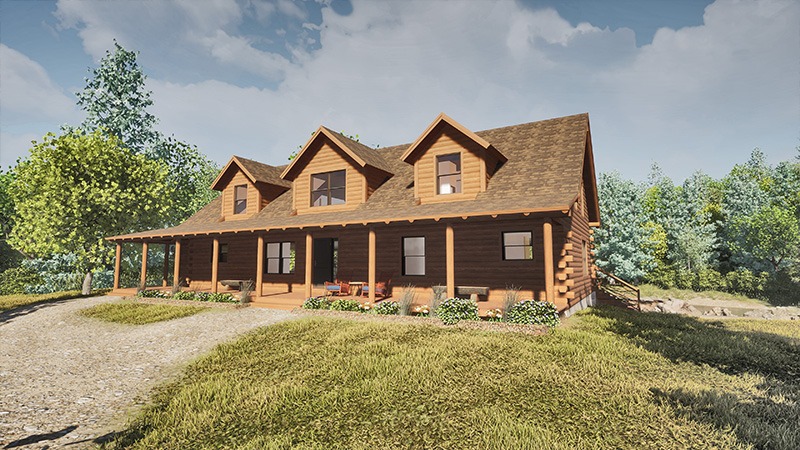
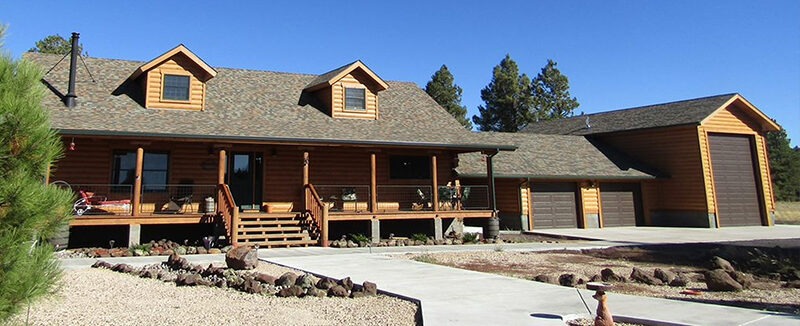
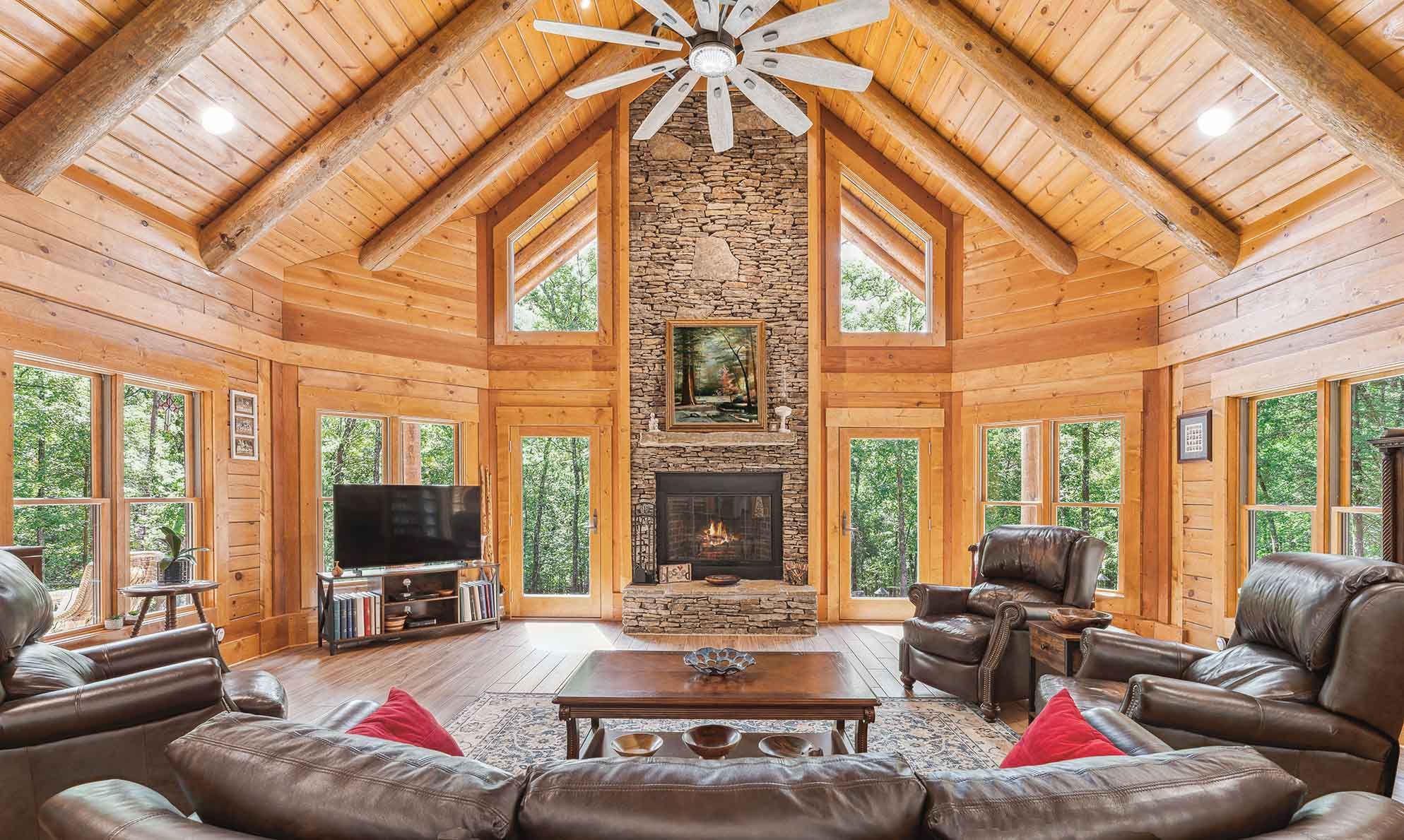
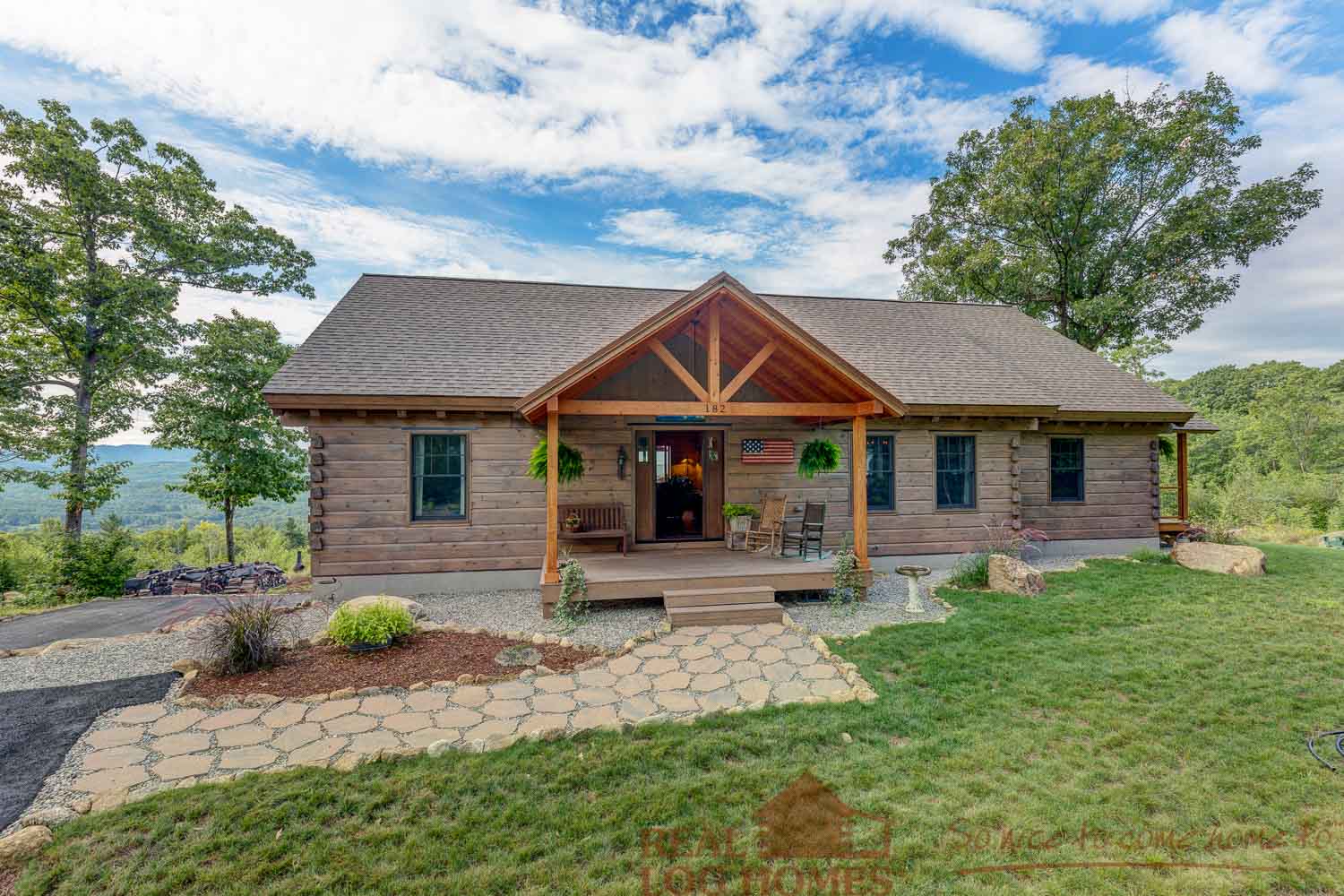
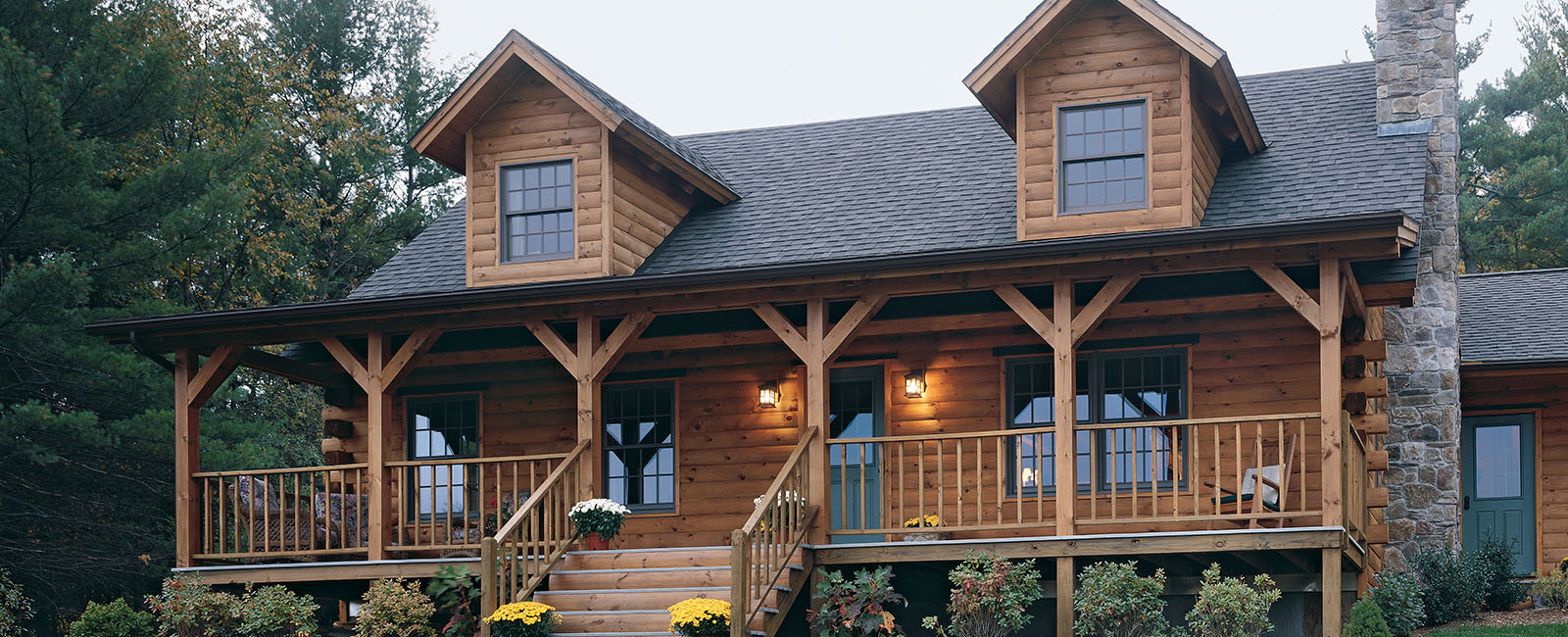
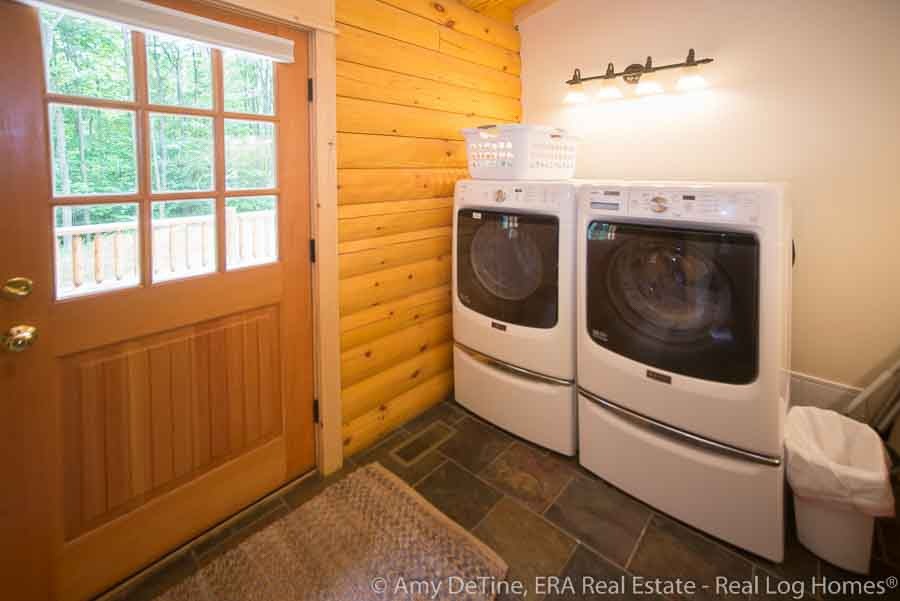
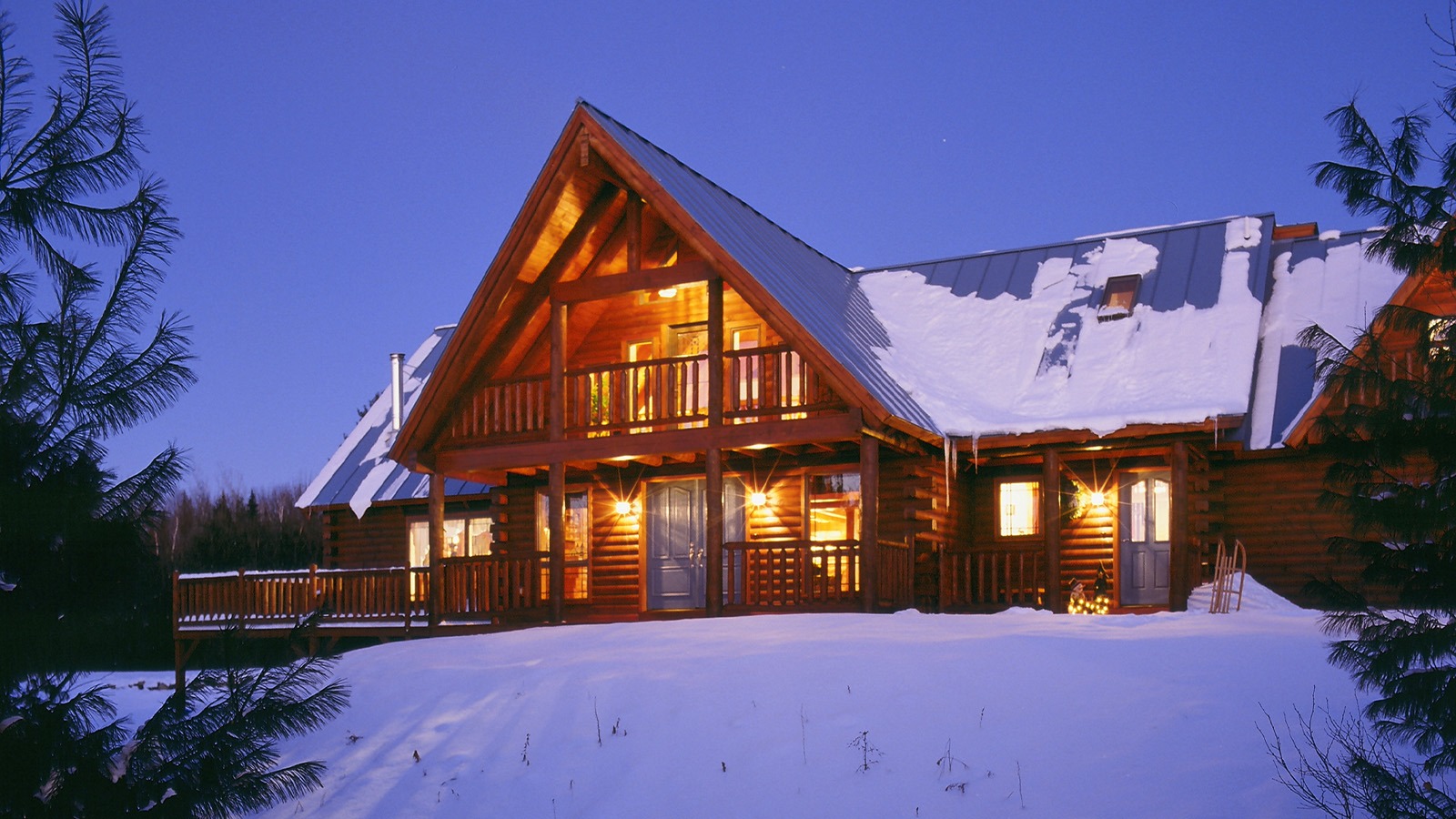
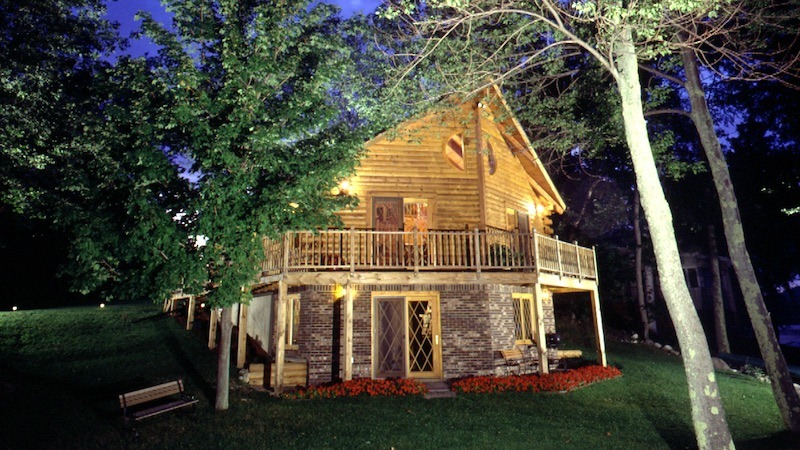
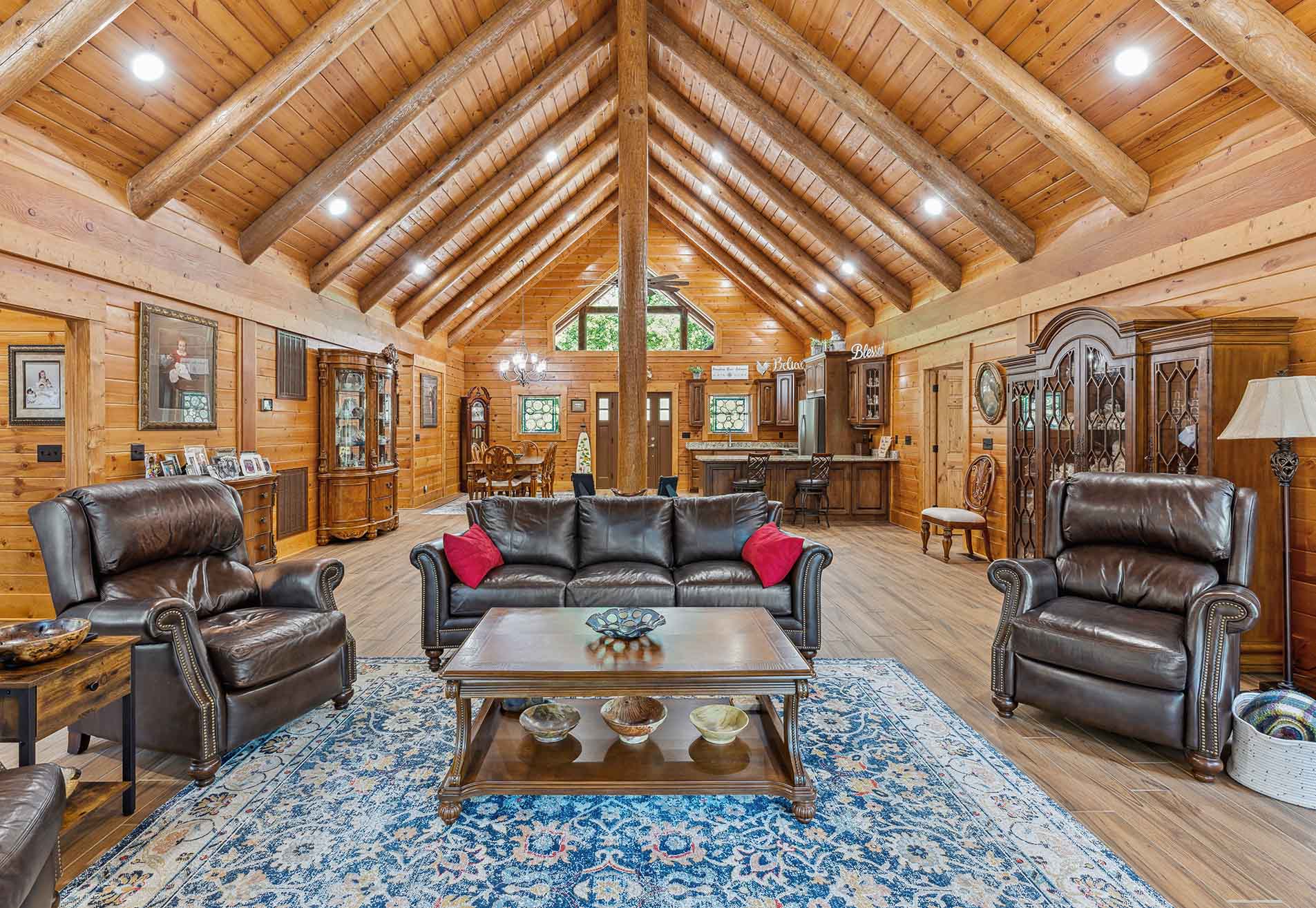
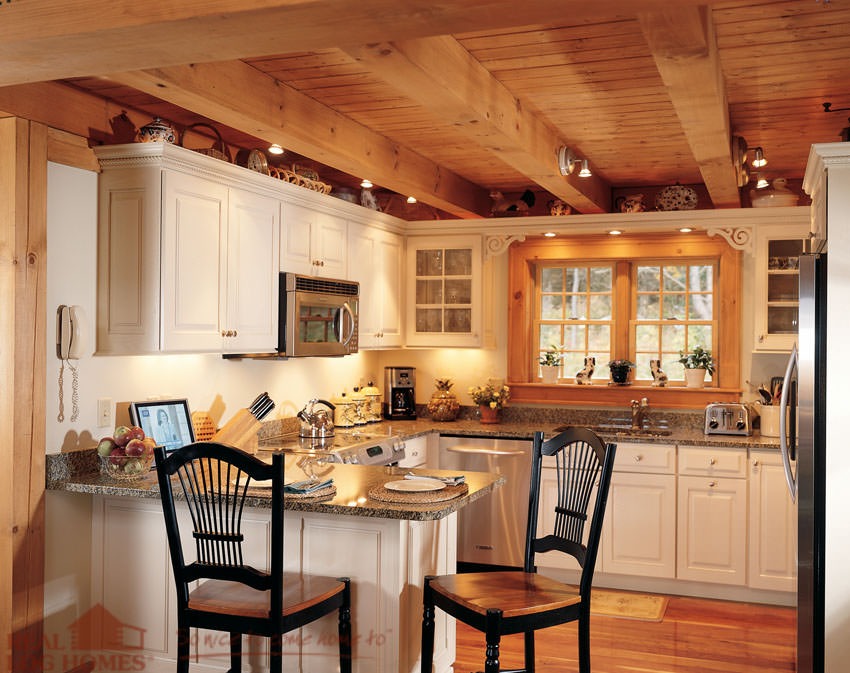
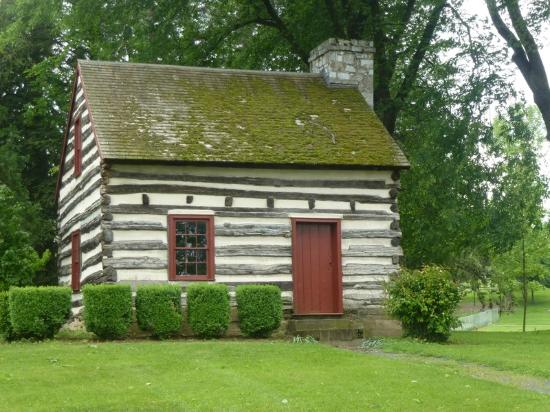
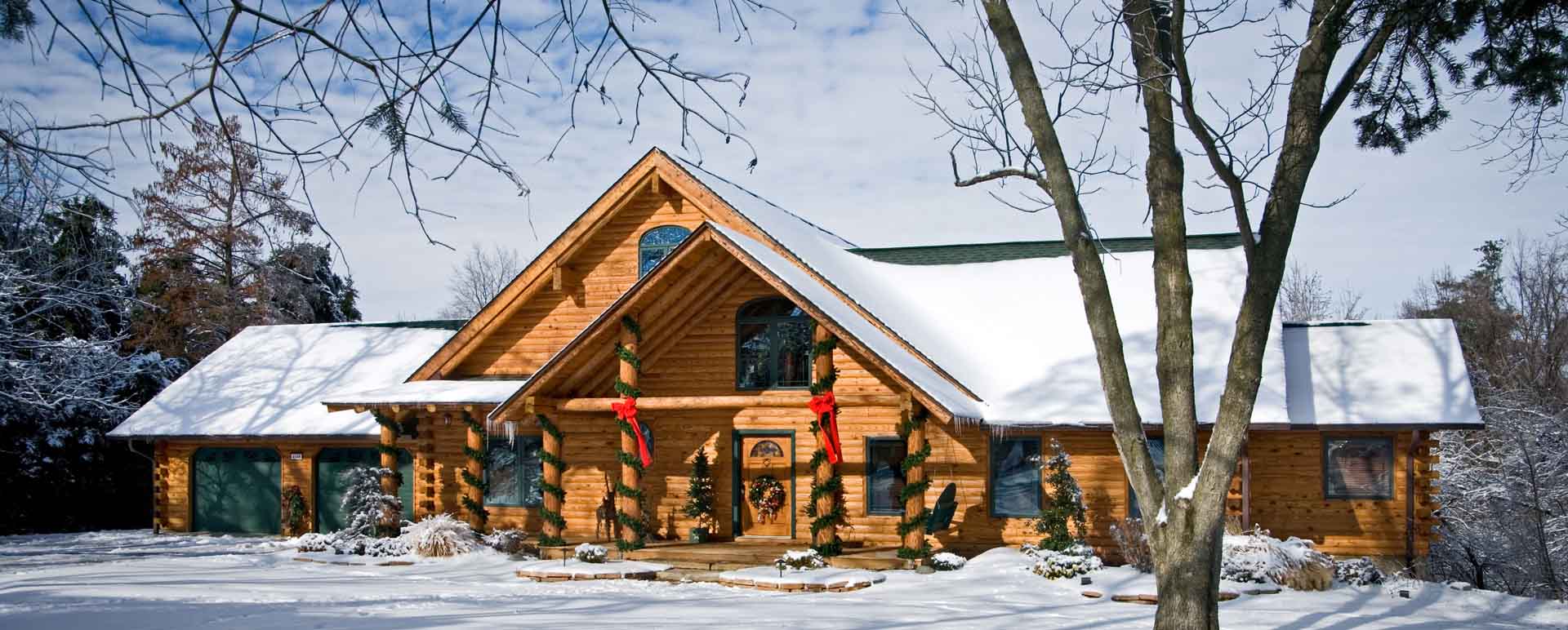
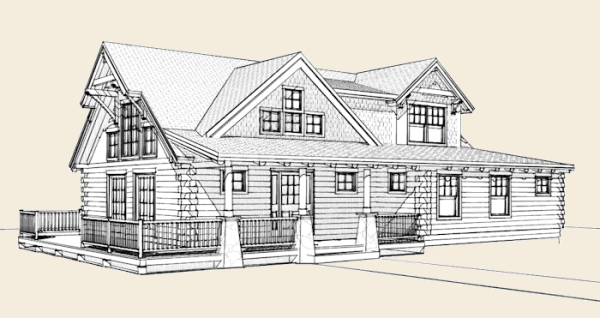

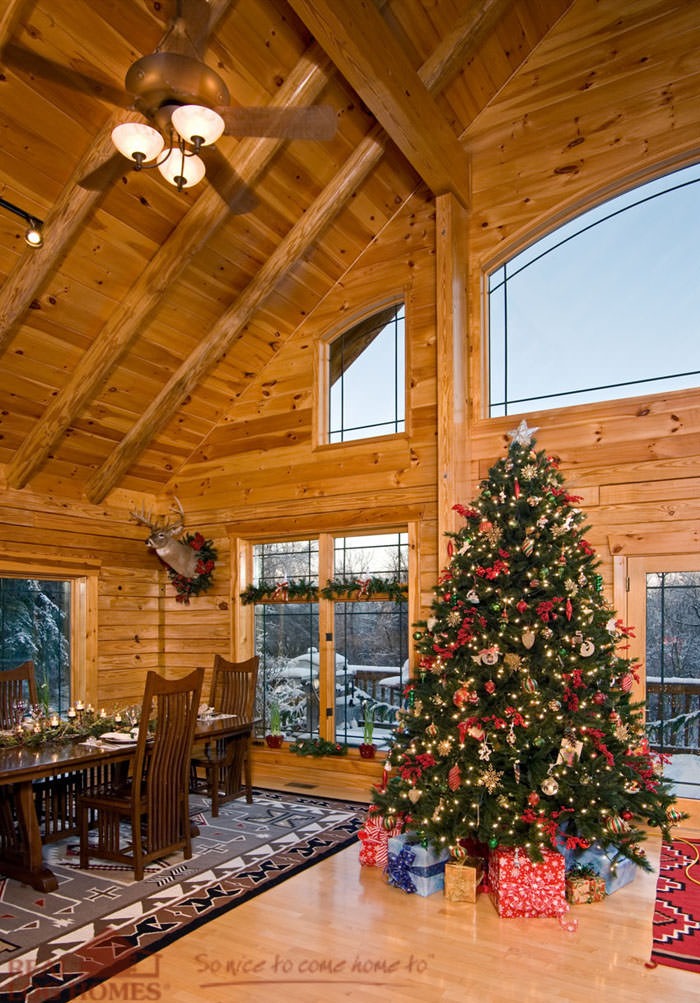
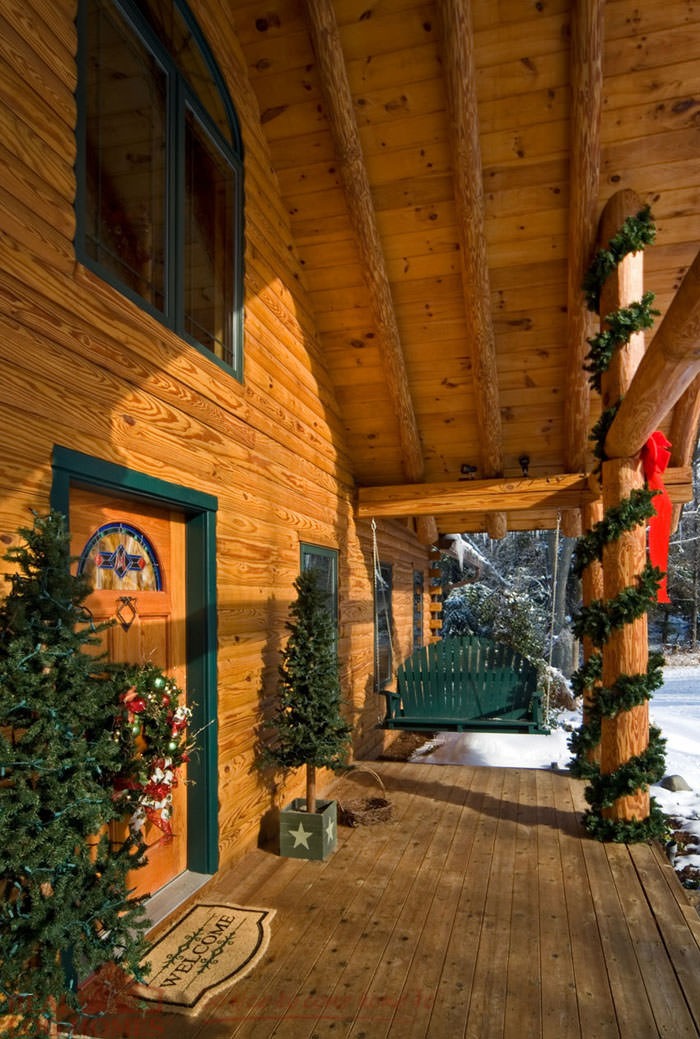

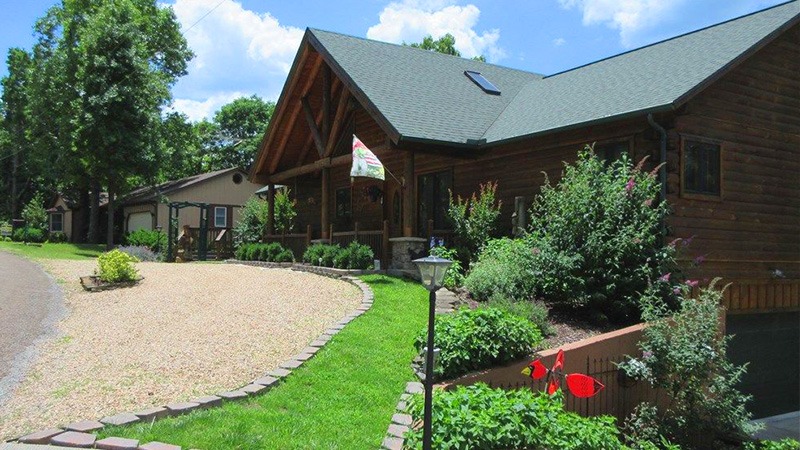
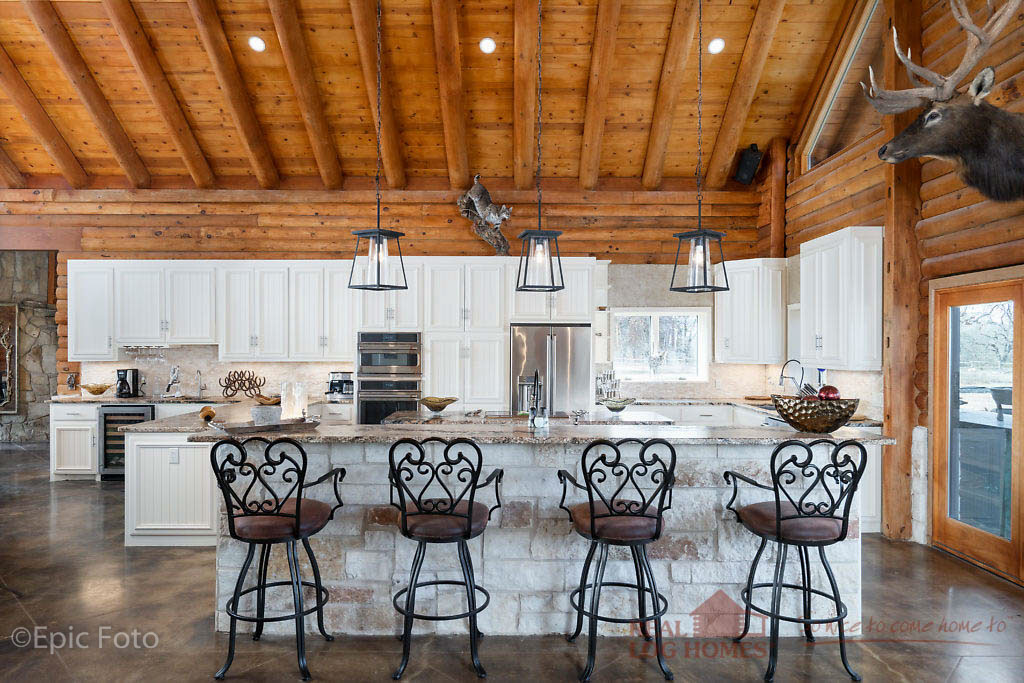
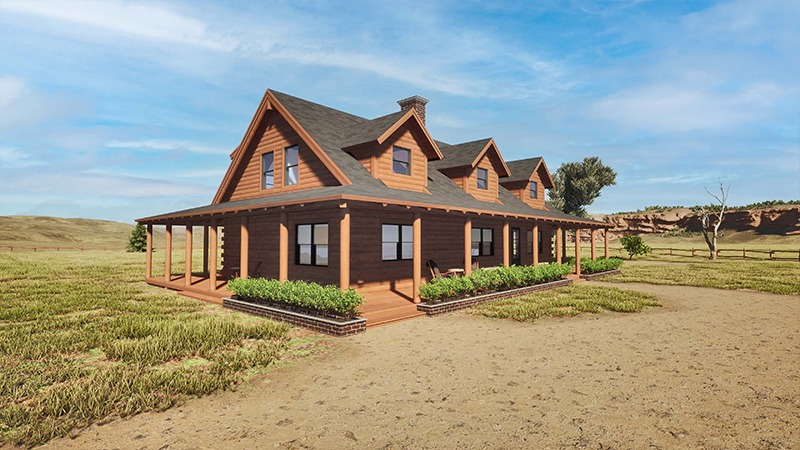
![[KAB-IN] Vermont - Renovated 1972 Real Log Homes Rental Cabin](https://realloghomes.com/wp-content/uploads/2019/03/Cavendish-KAB-IN-Woodstock-VT-52.jpg)
